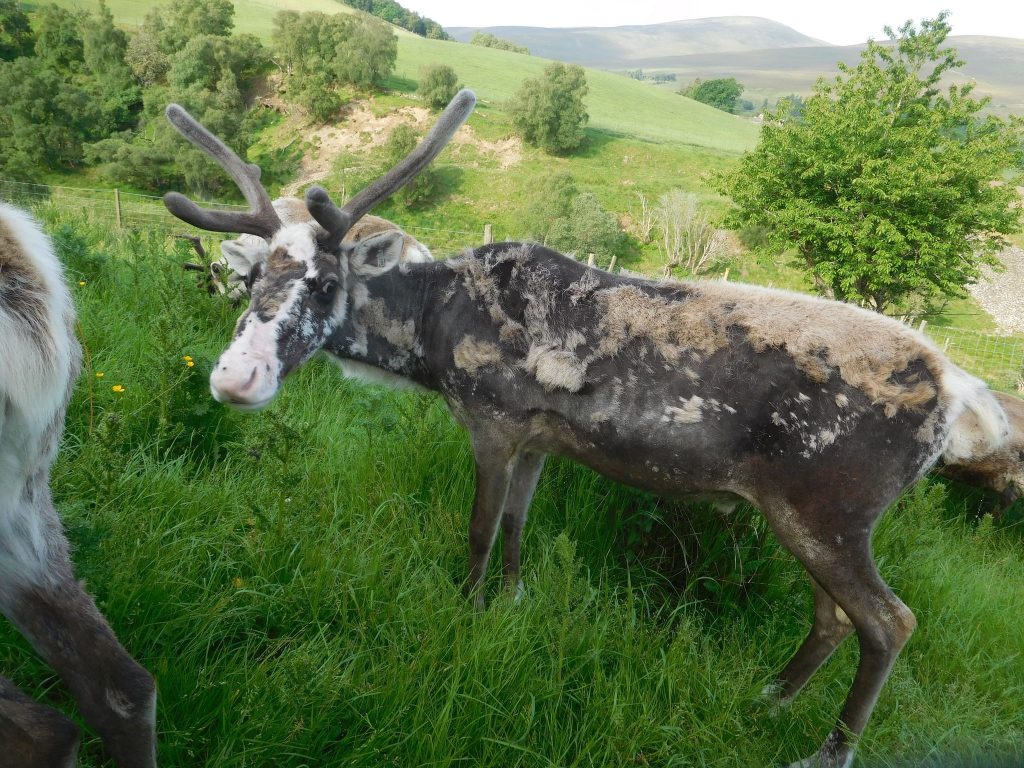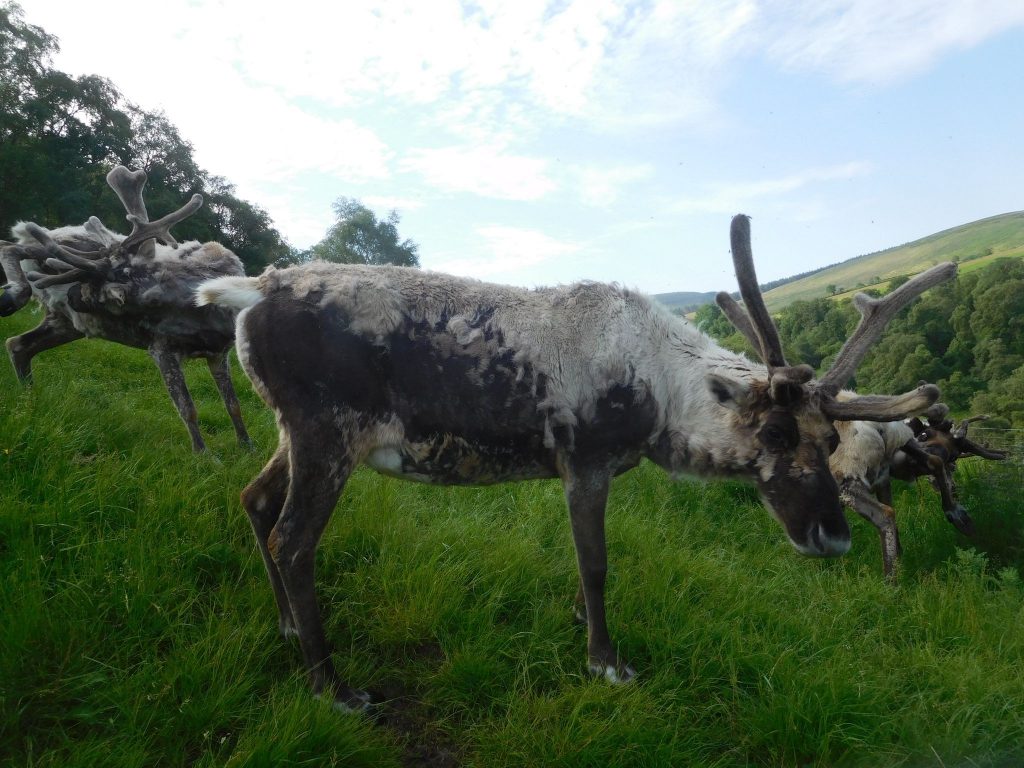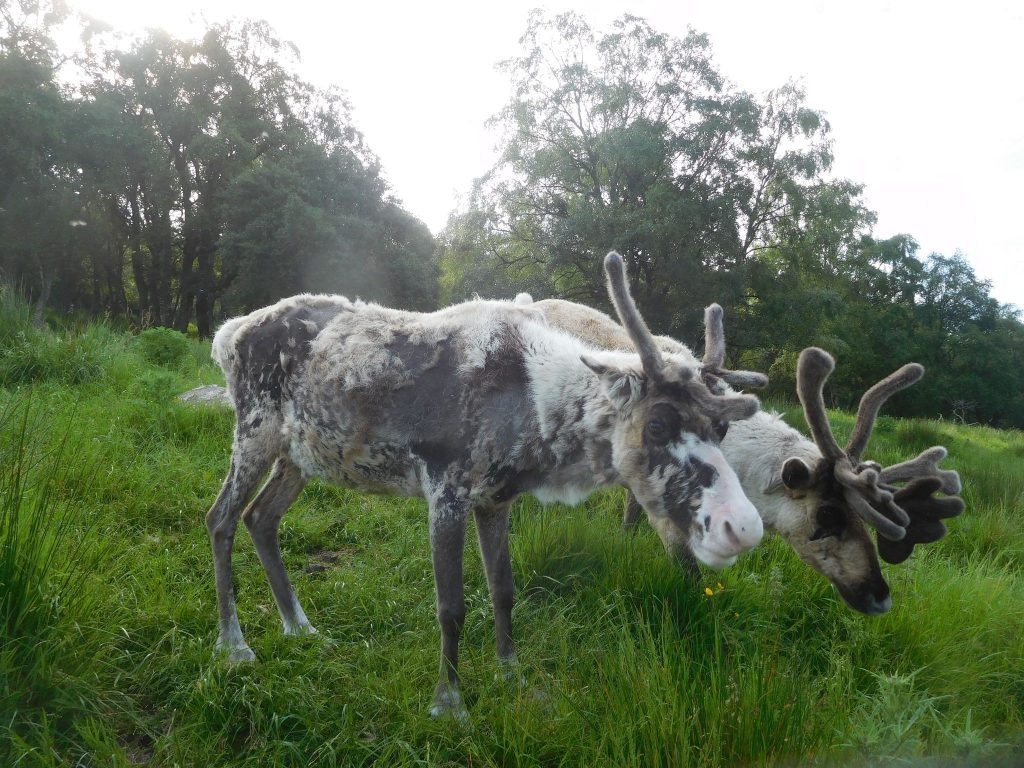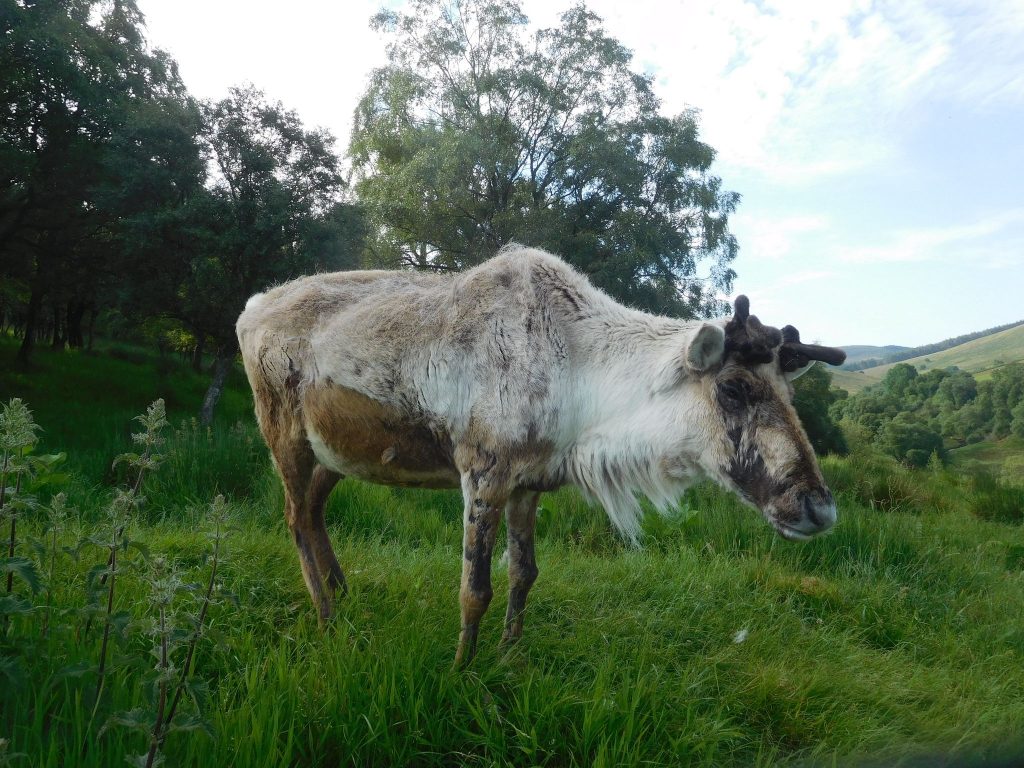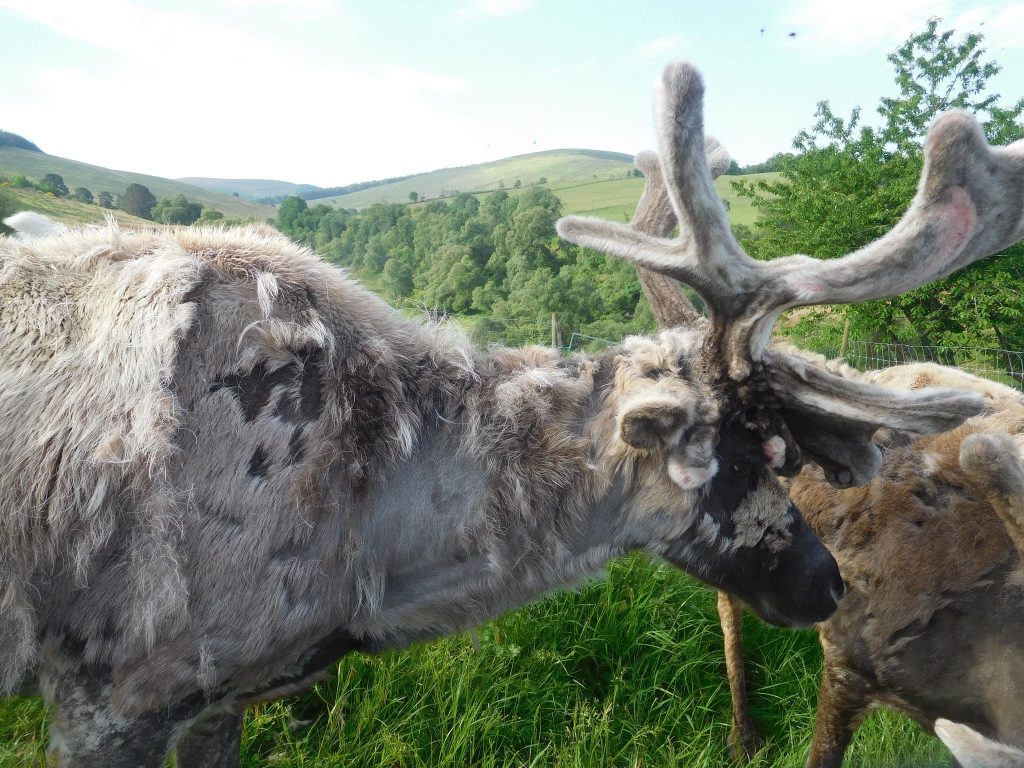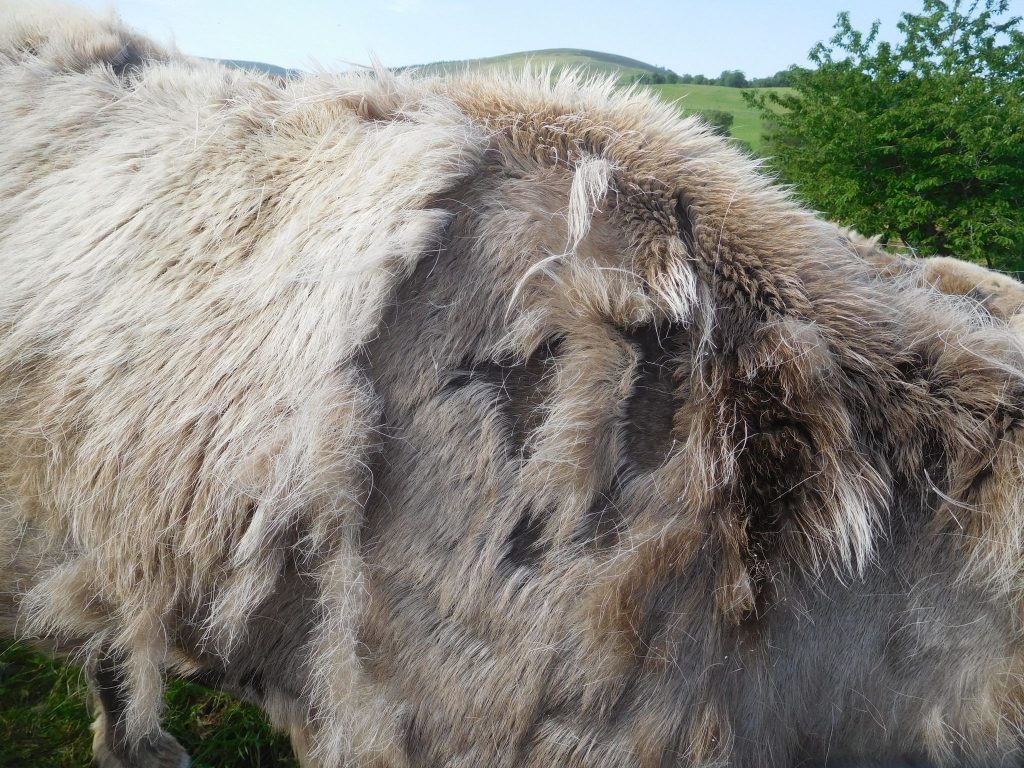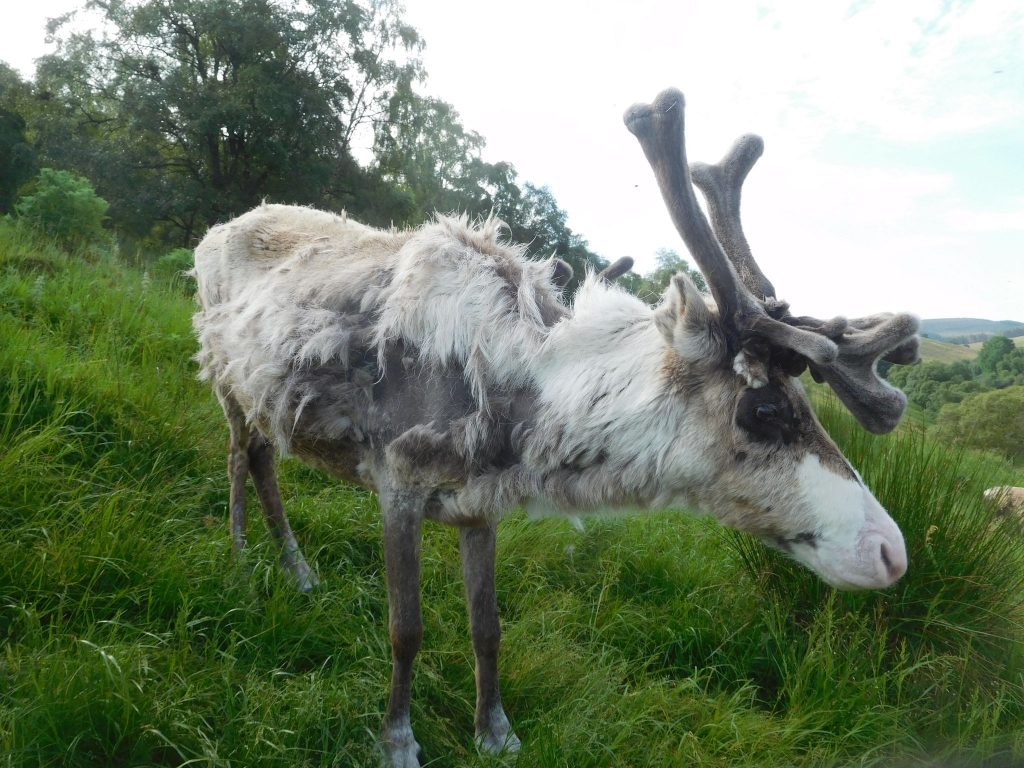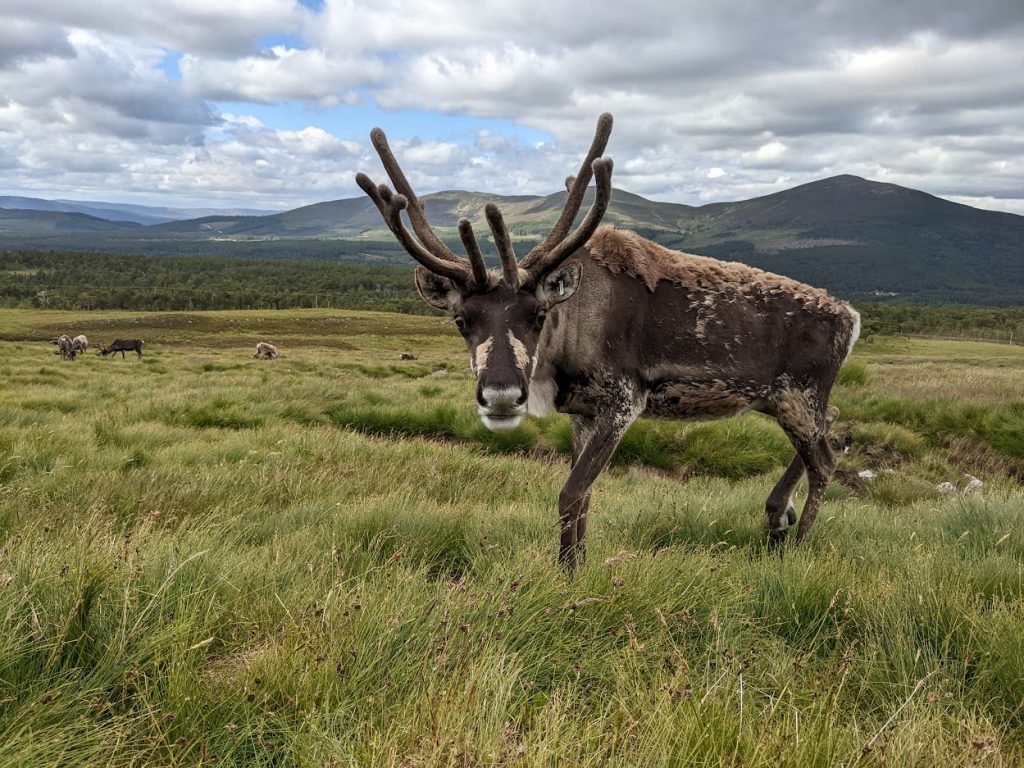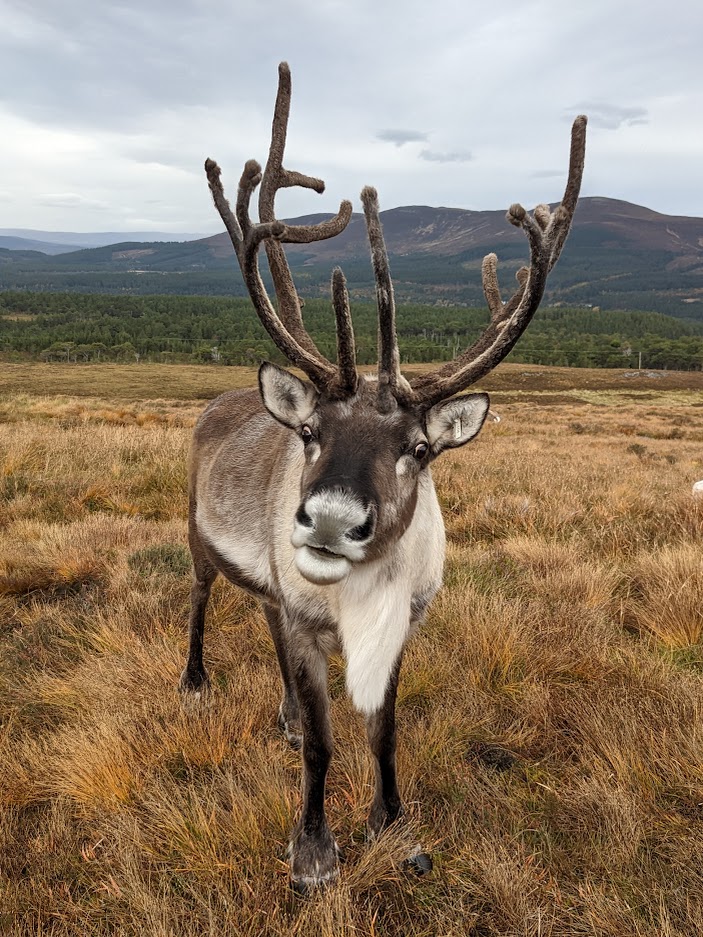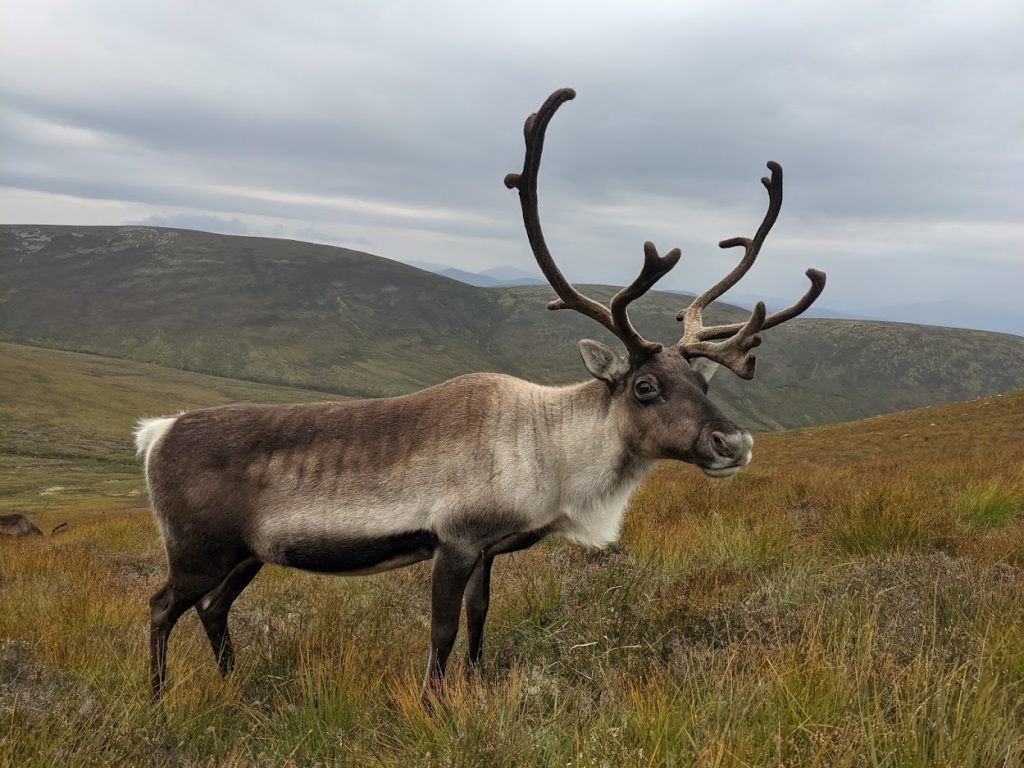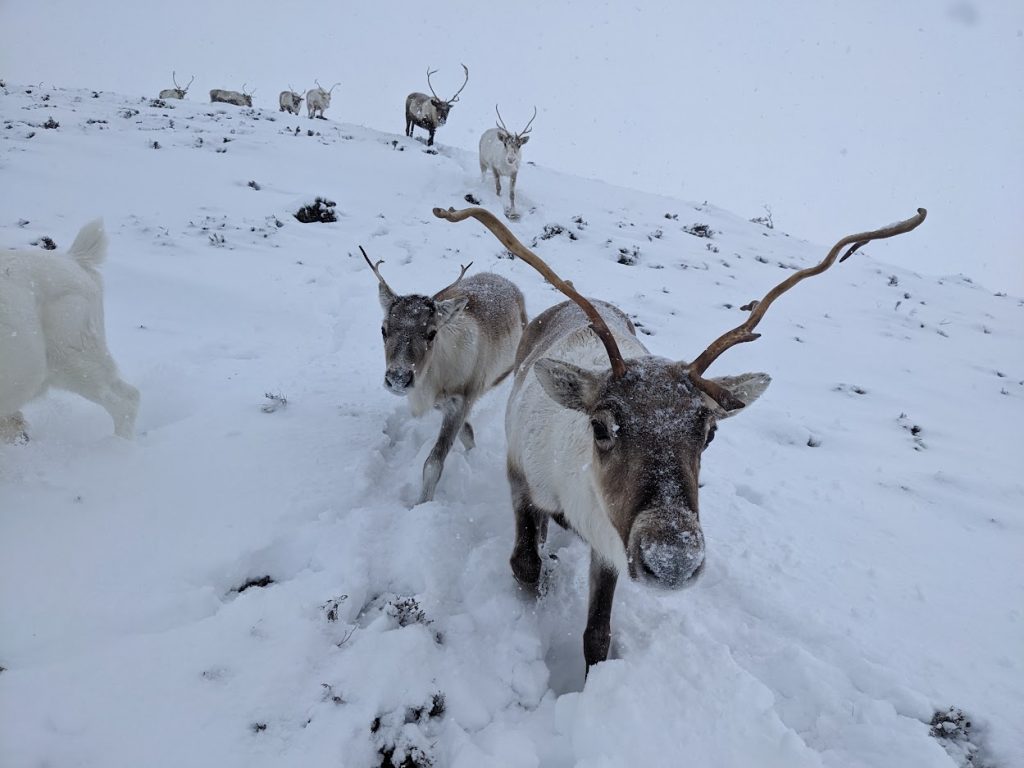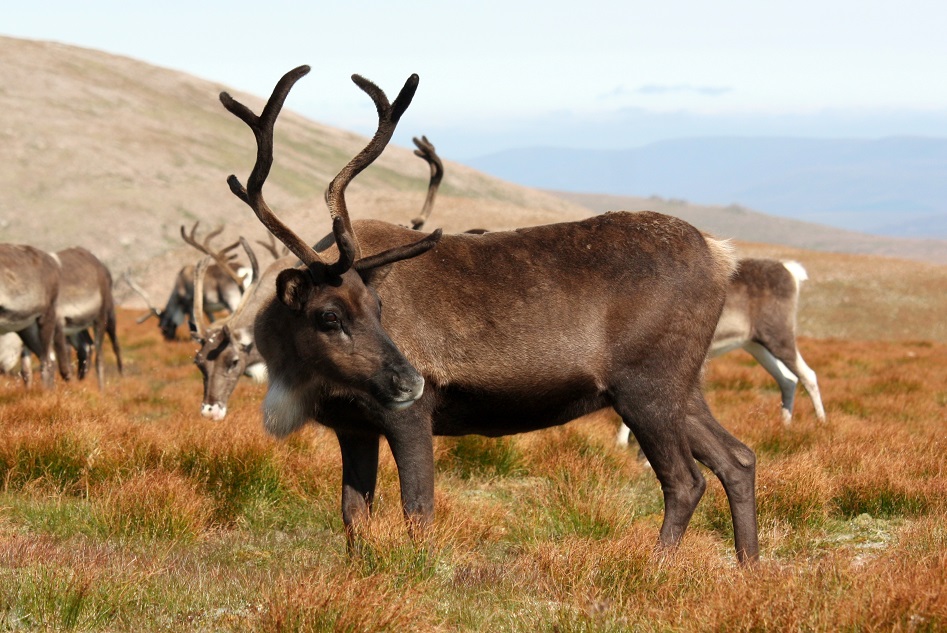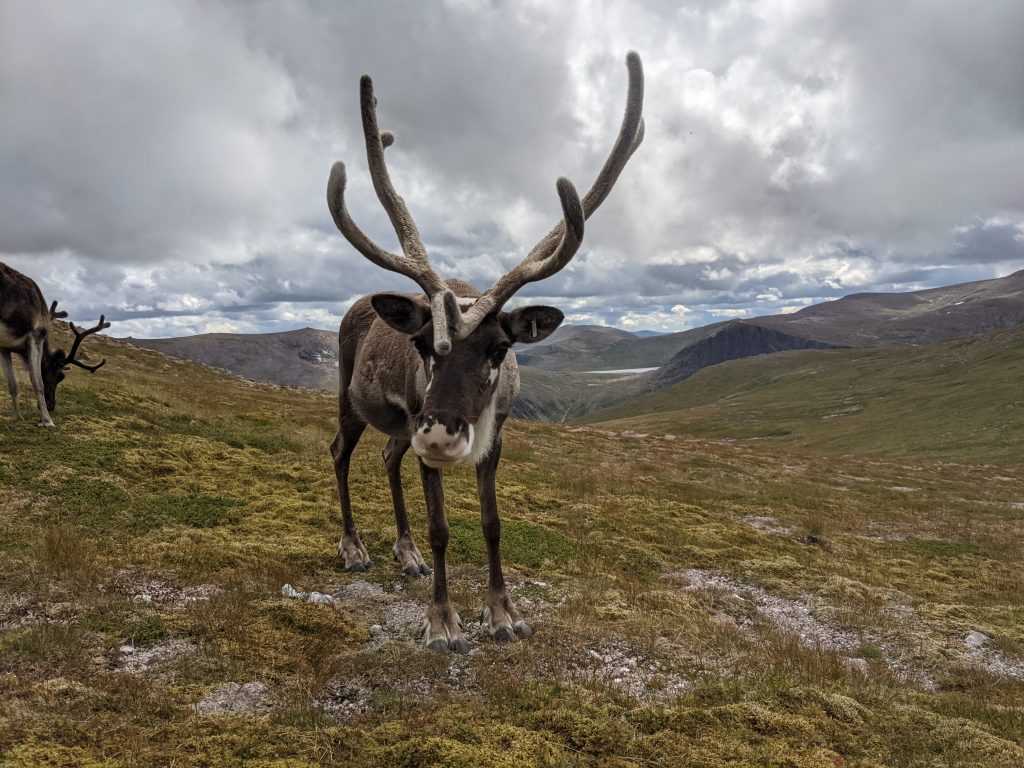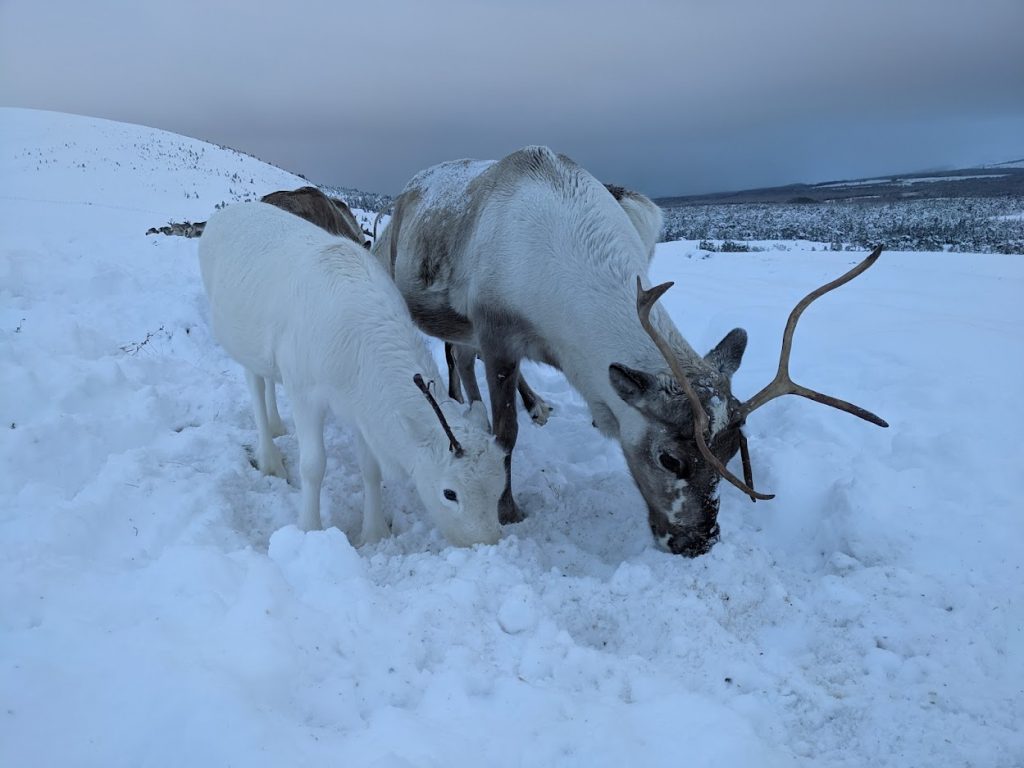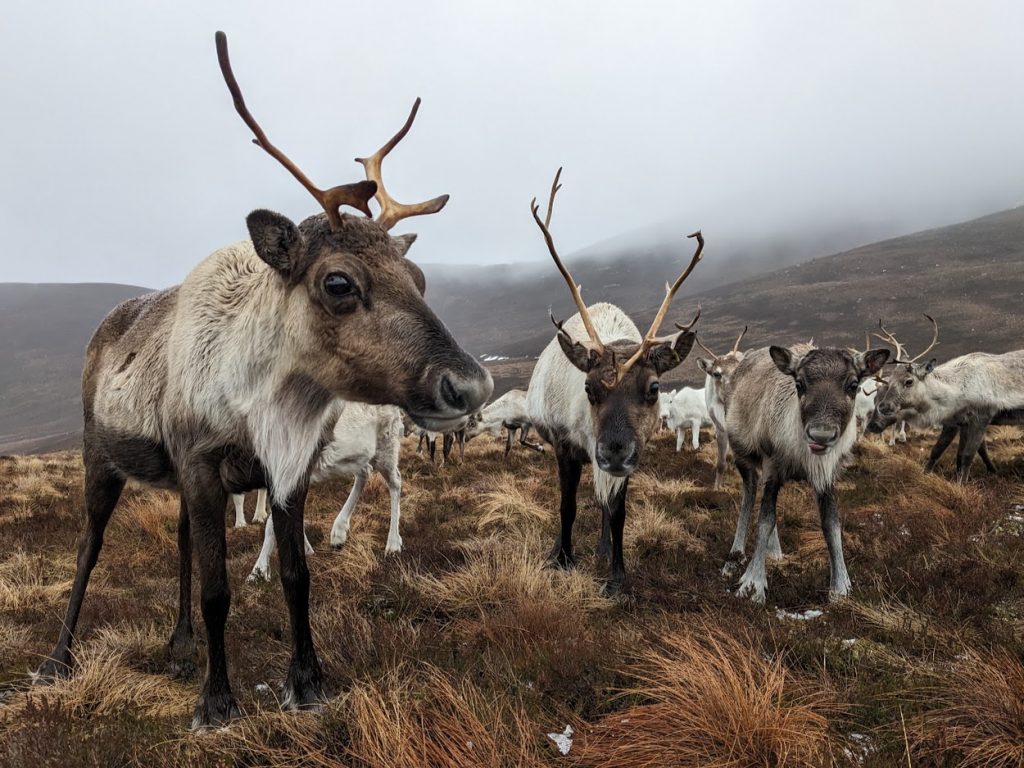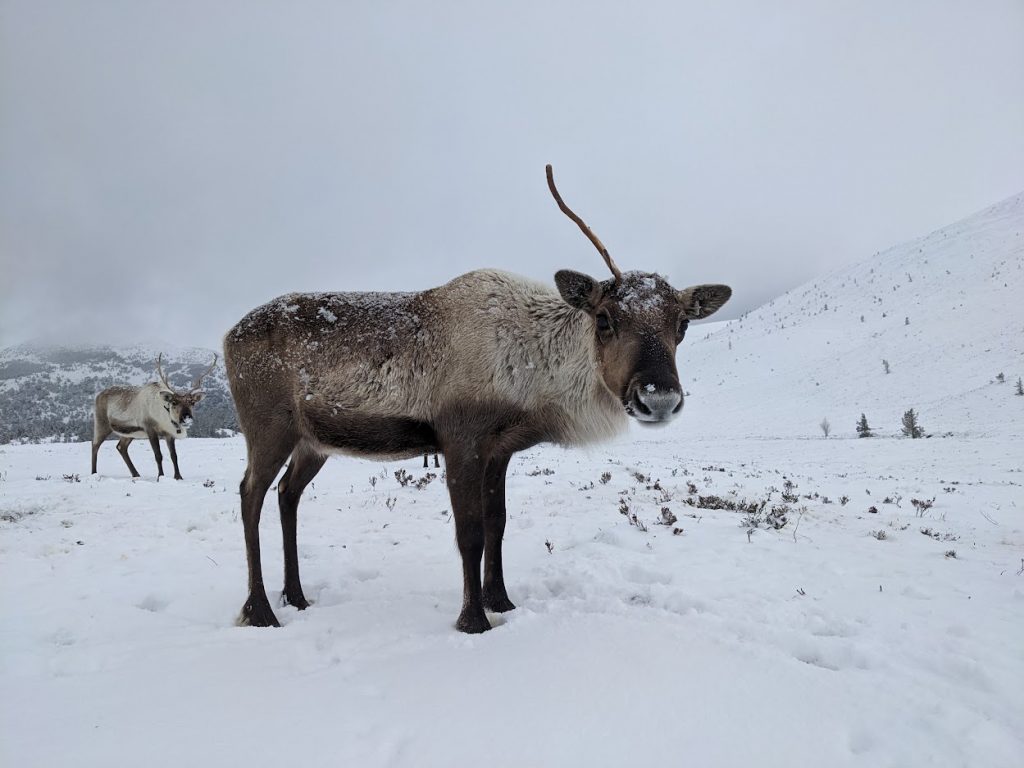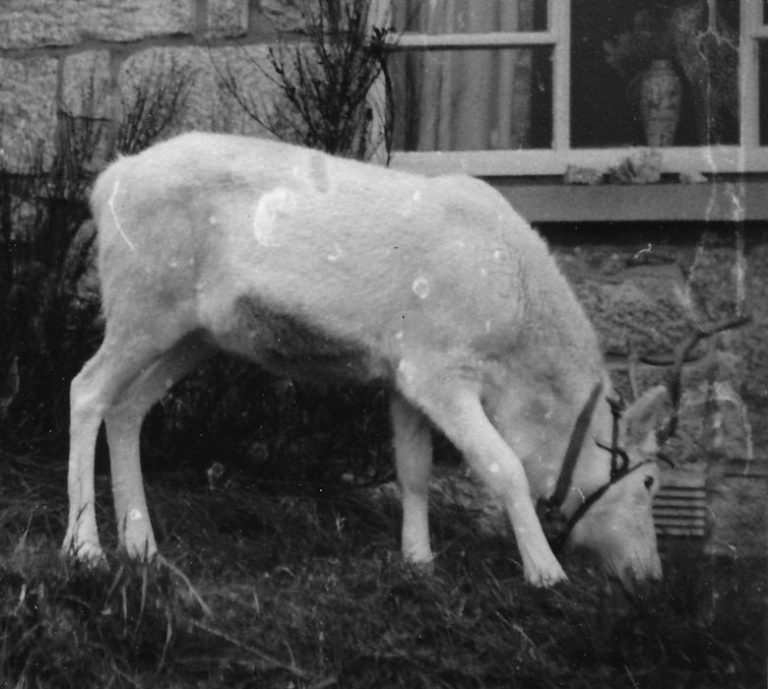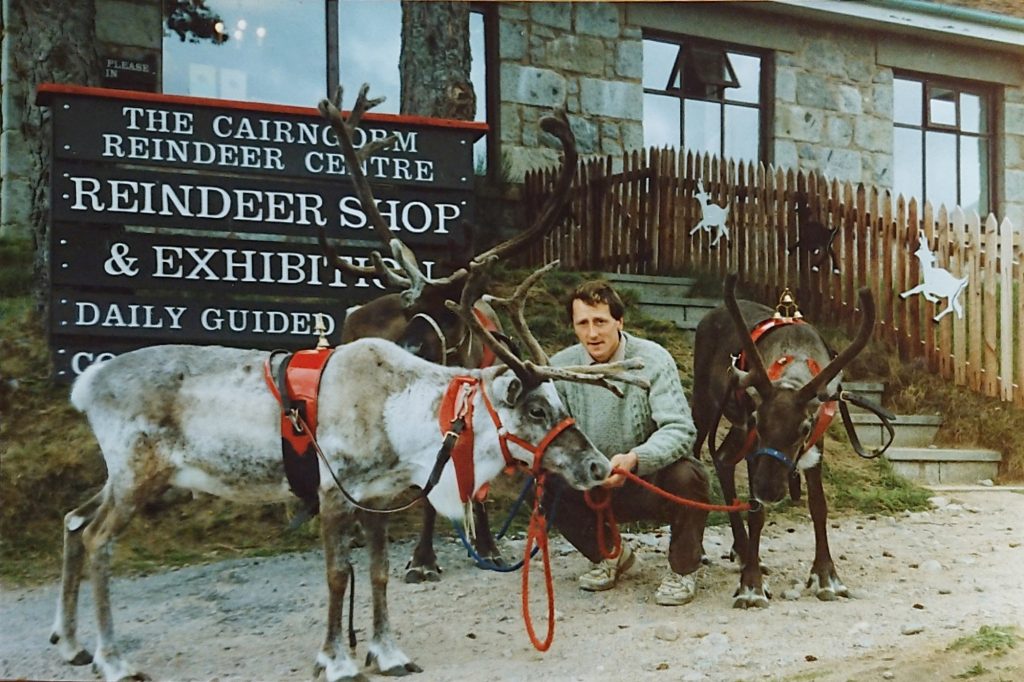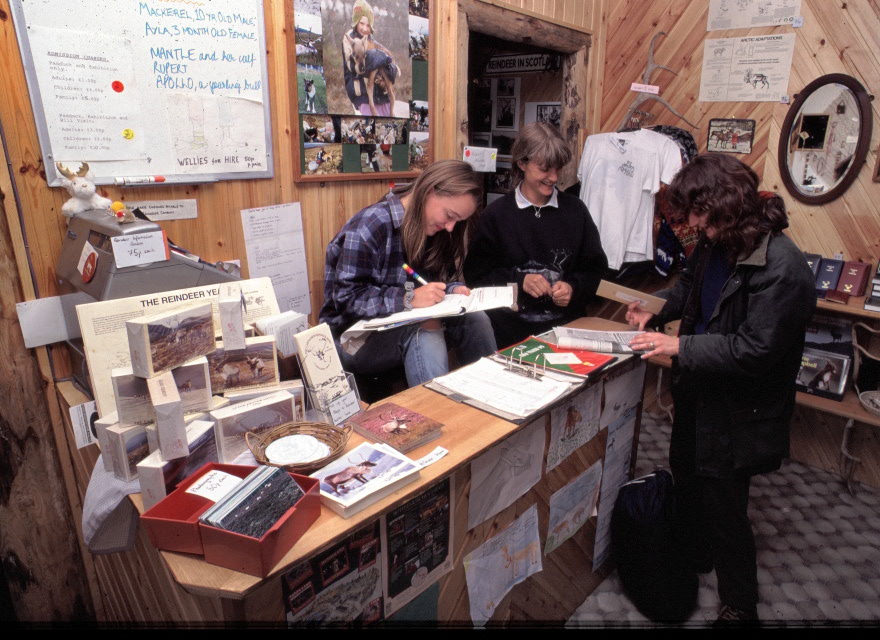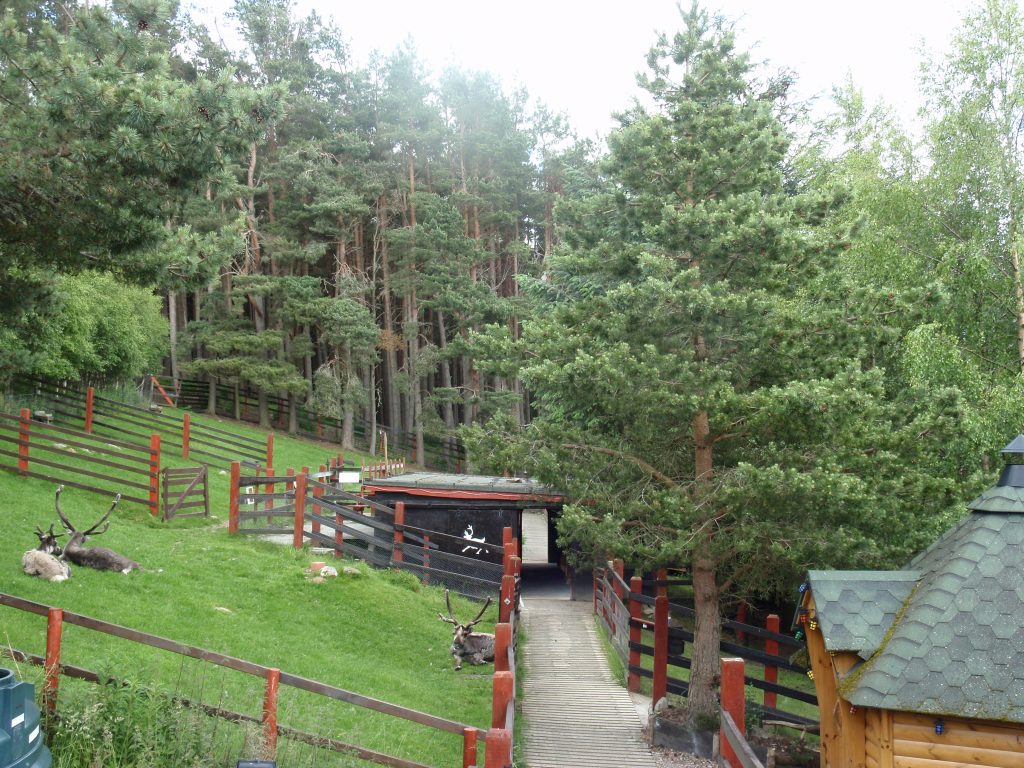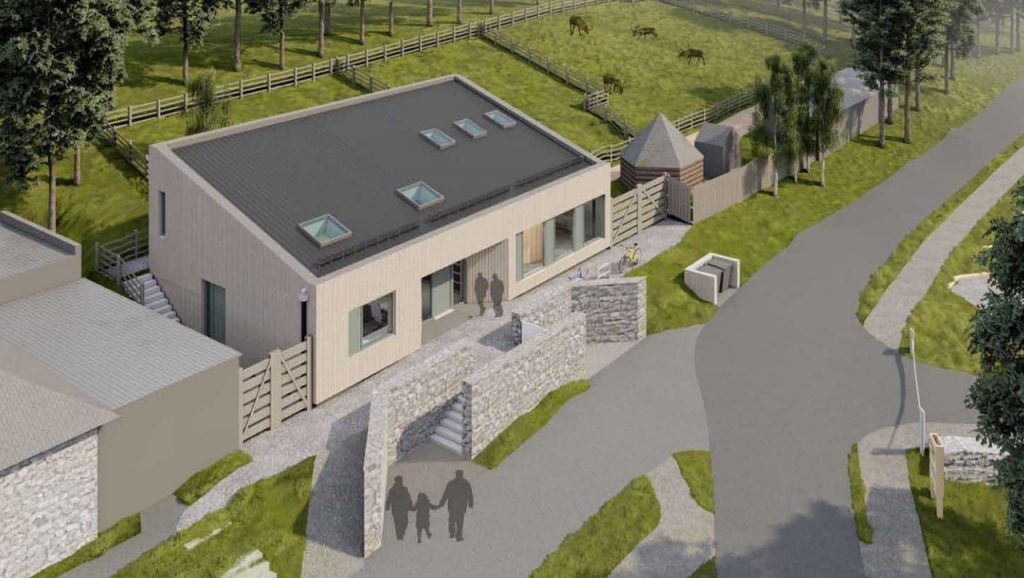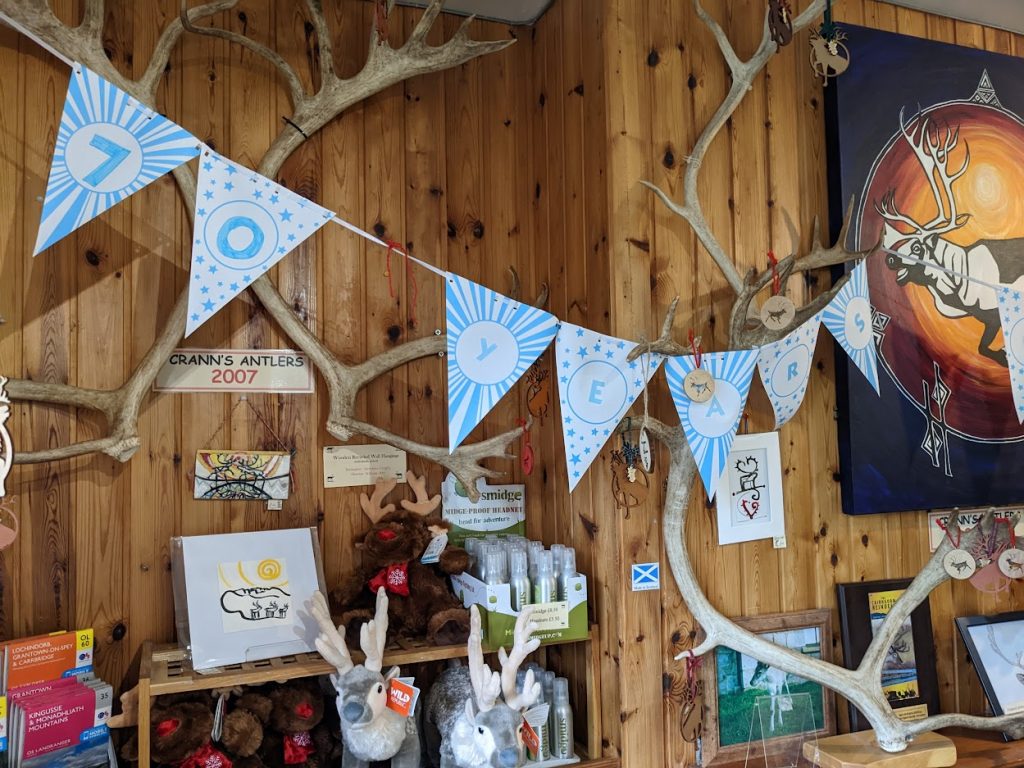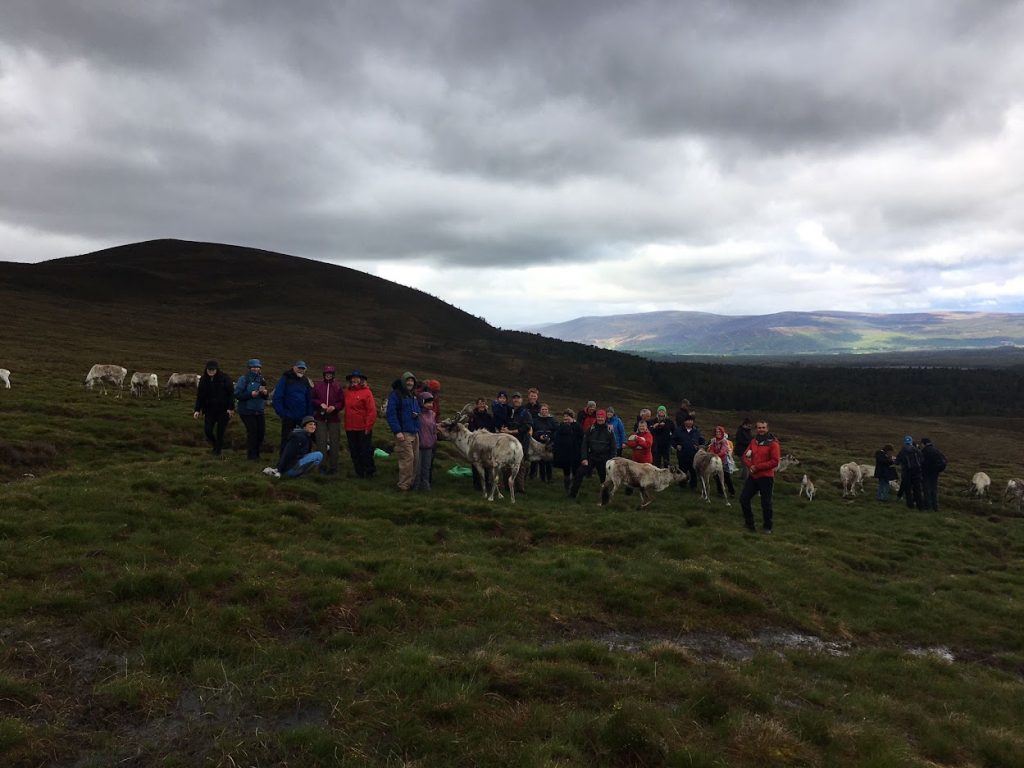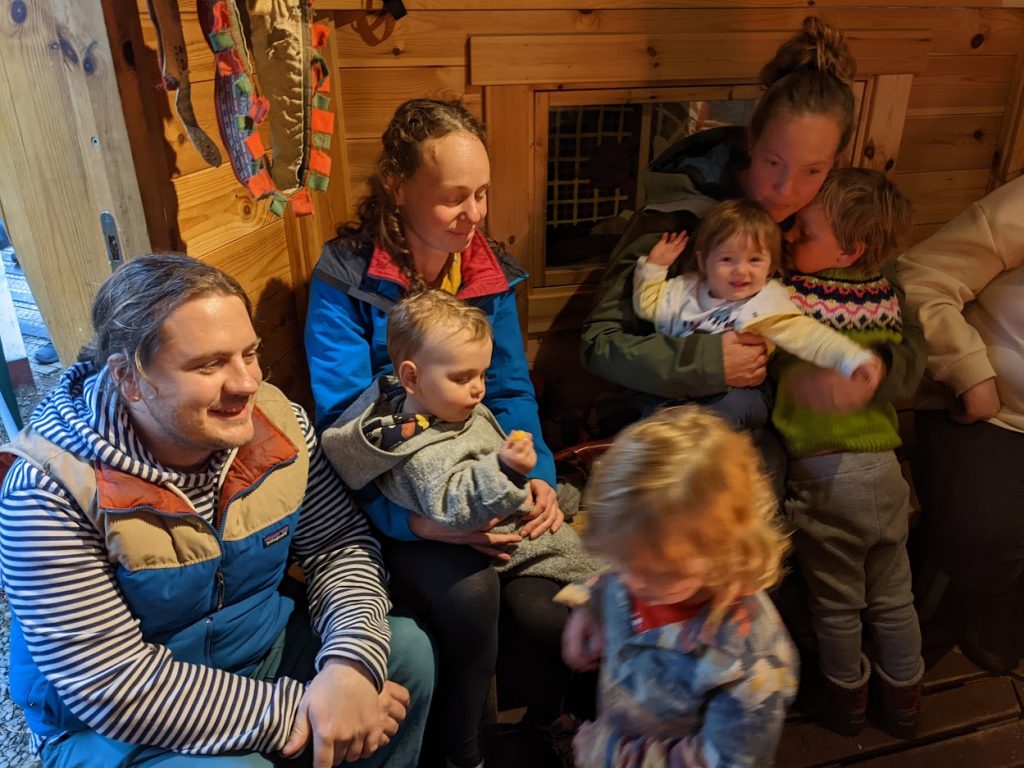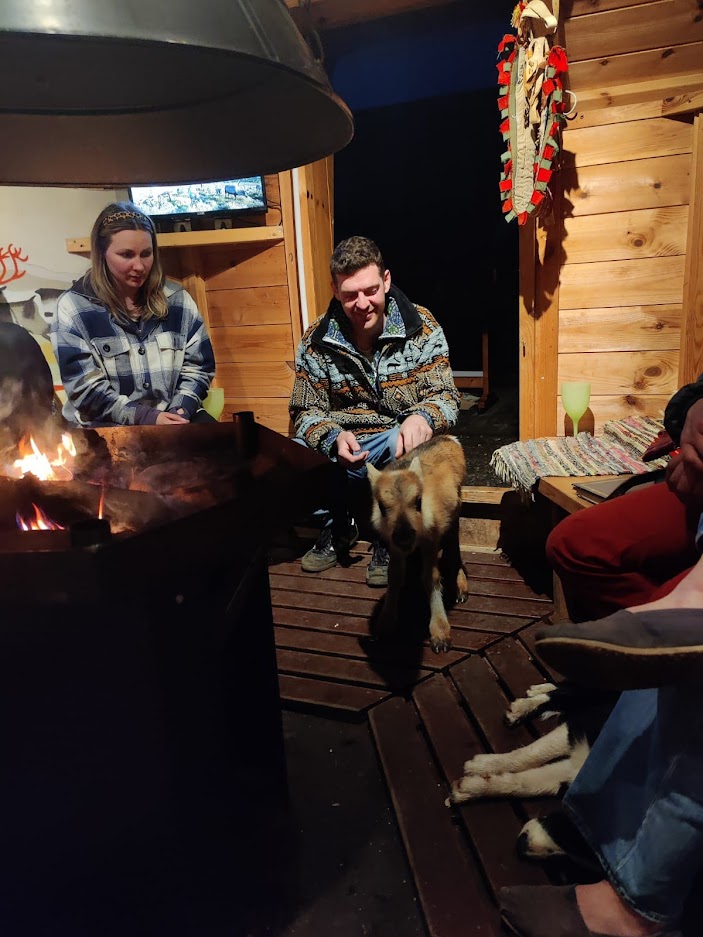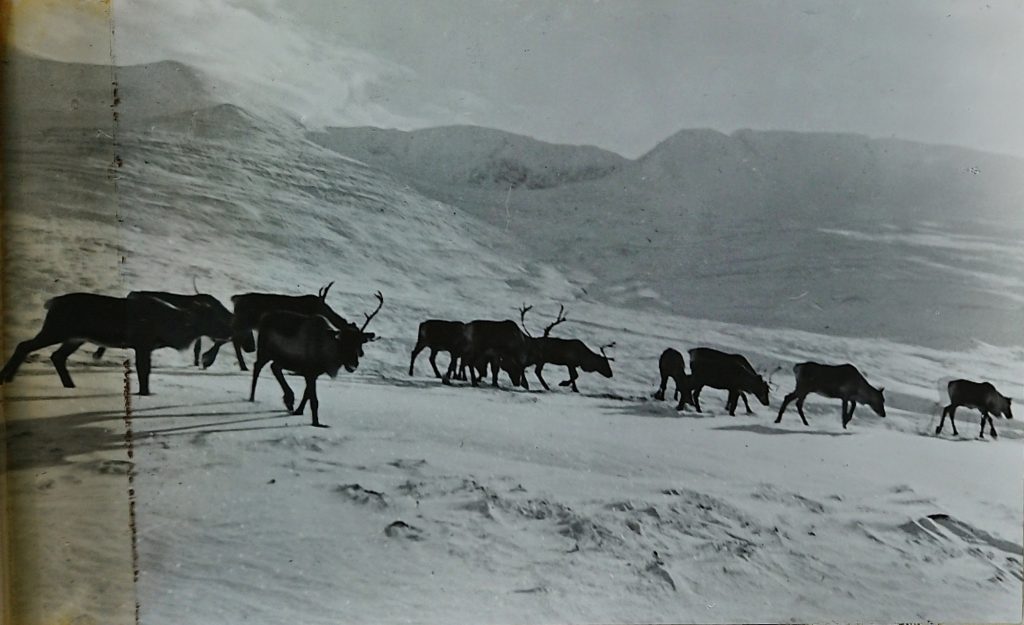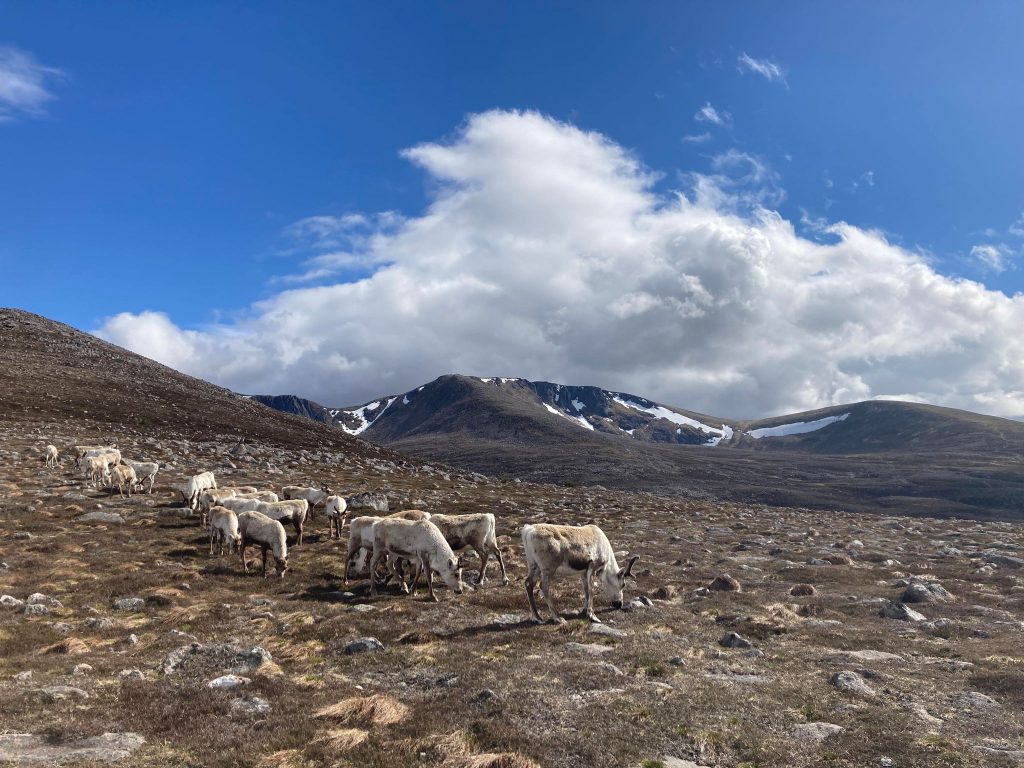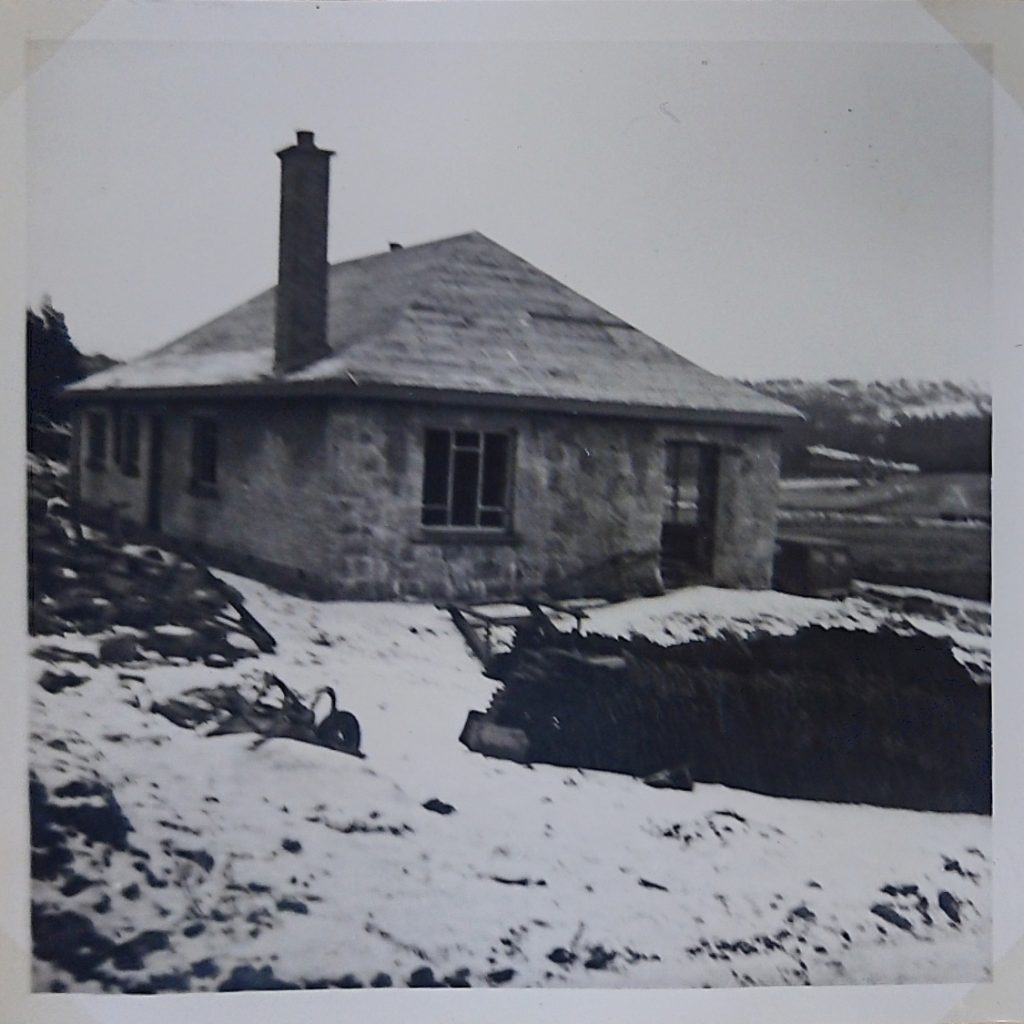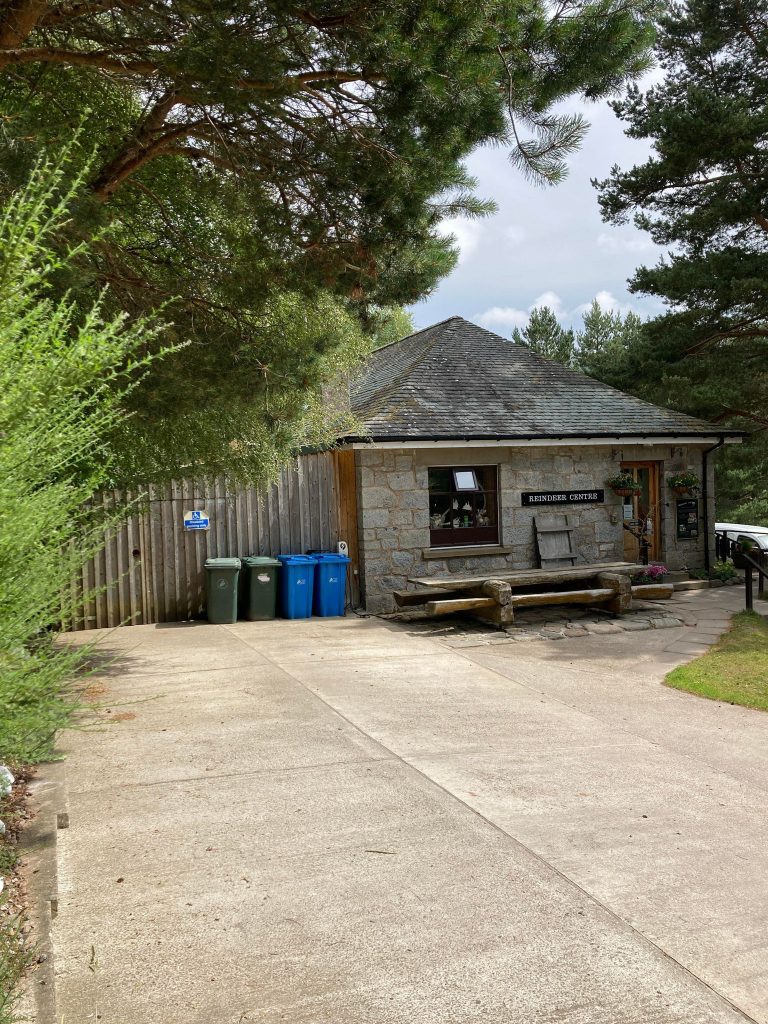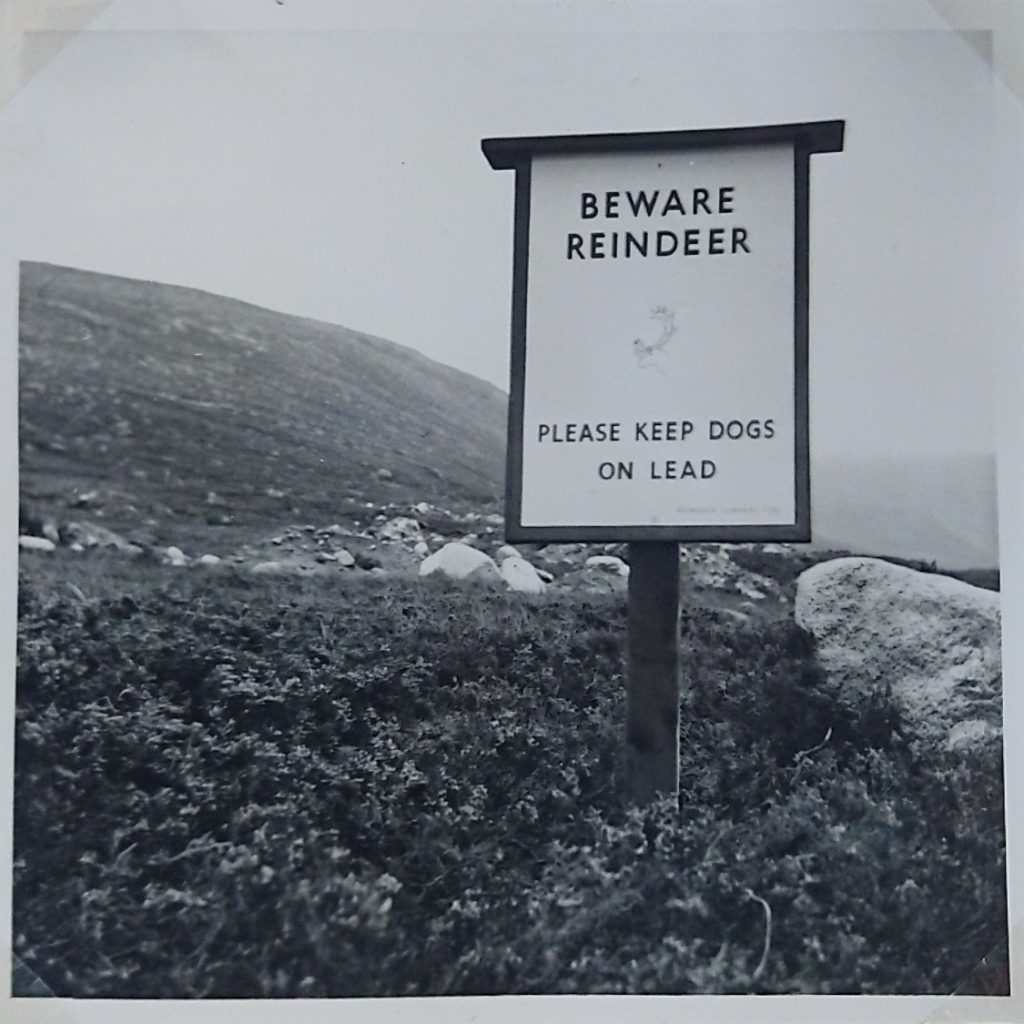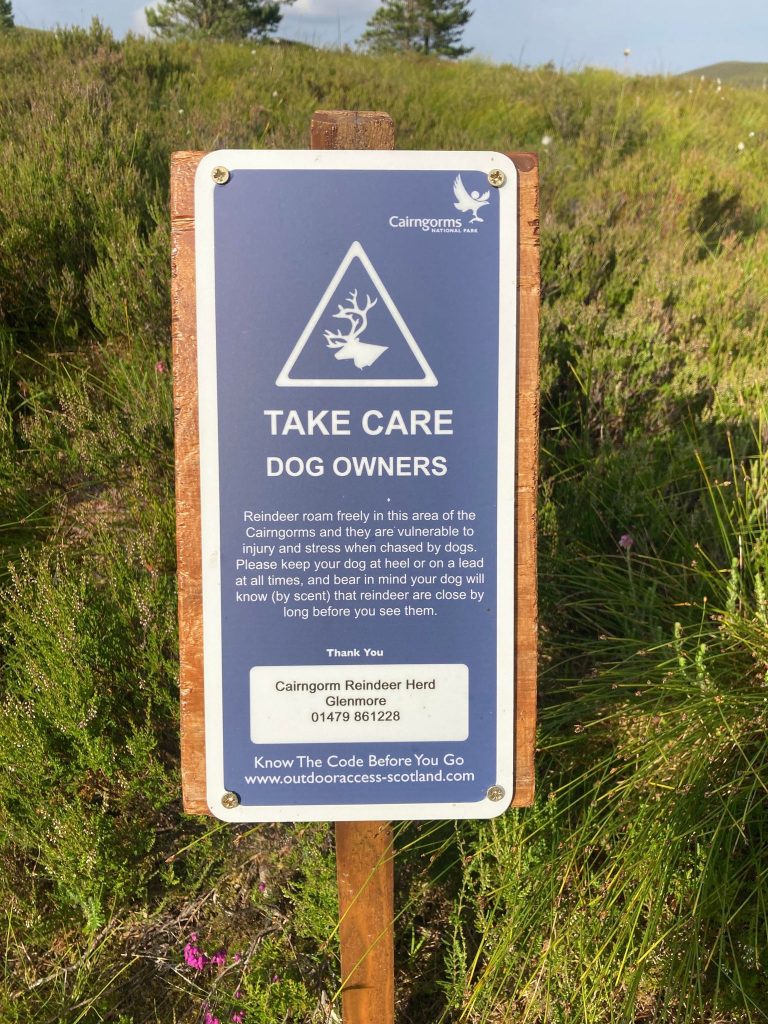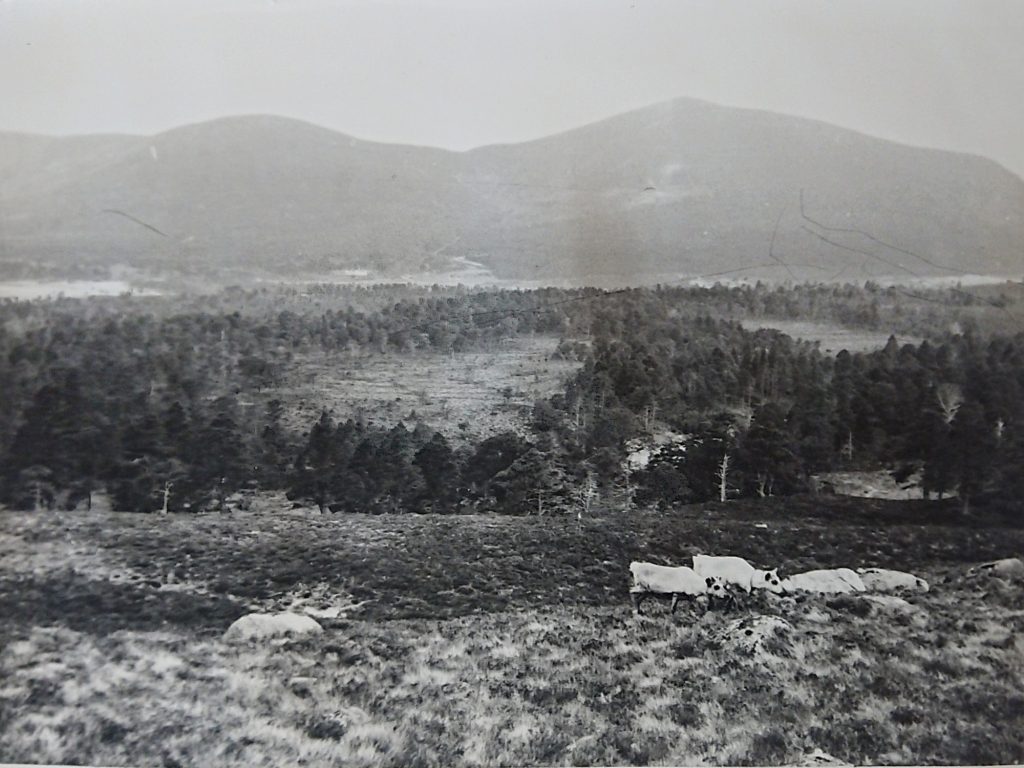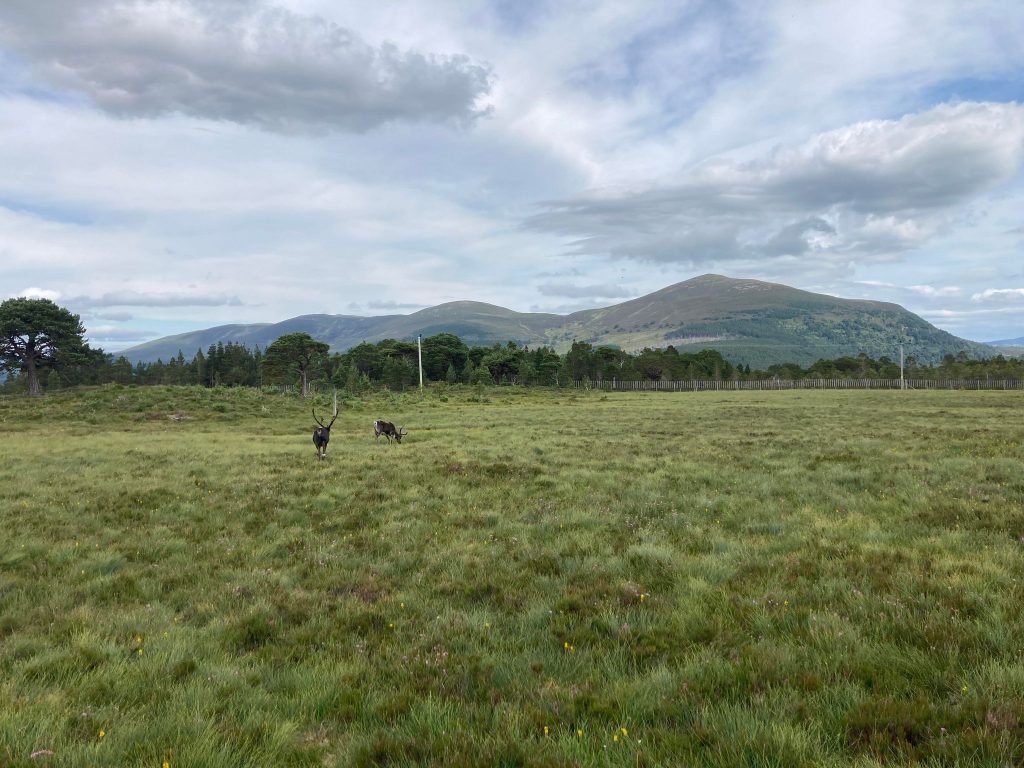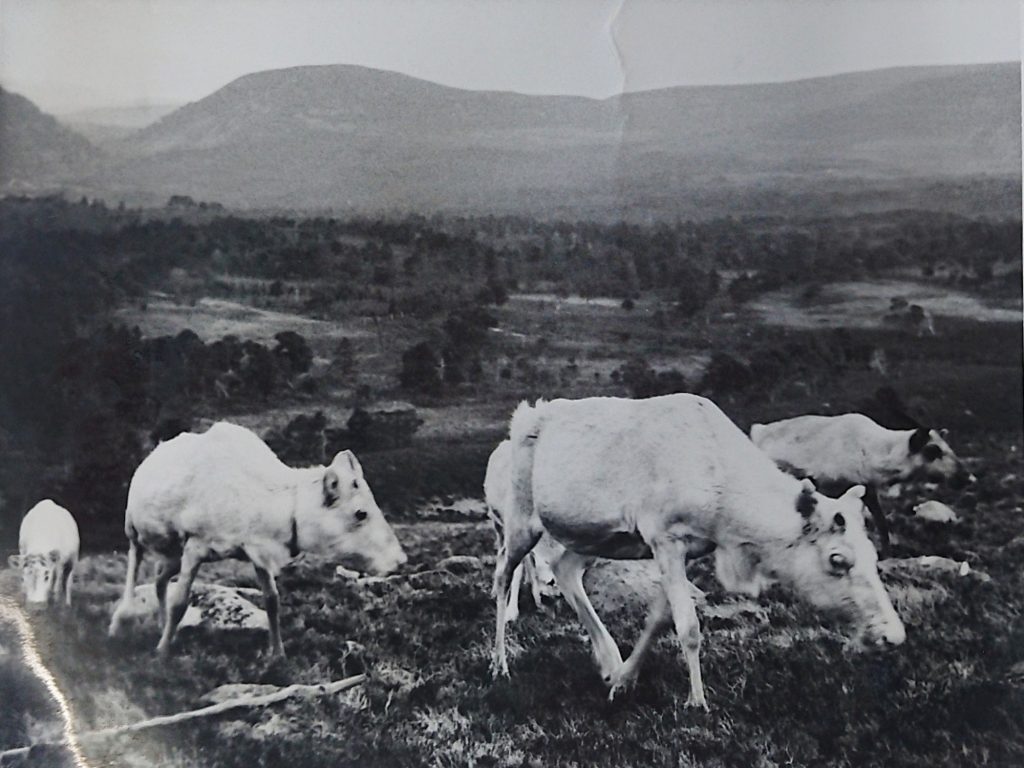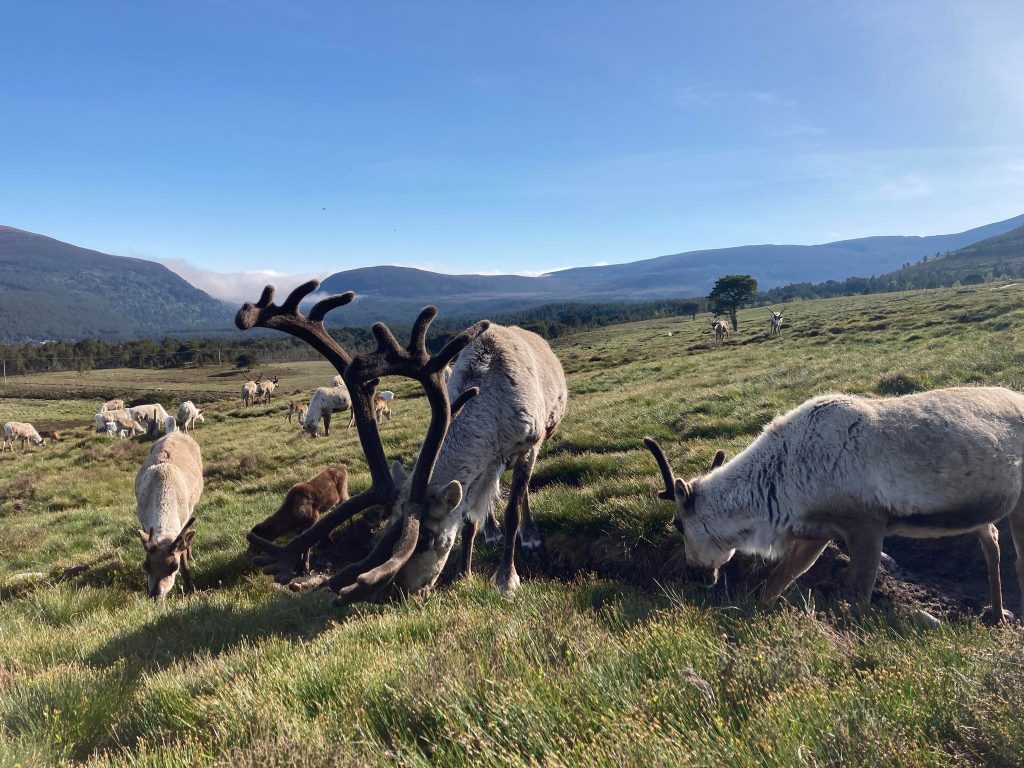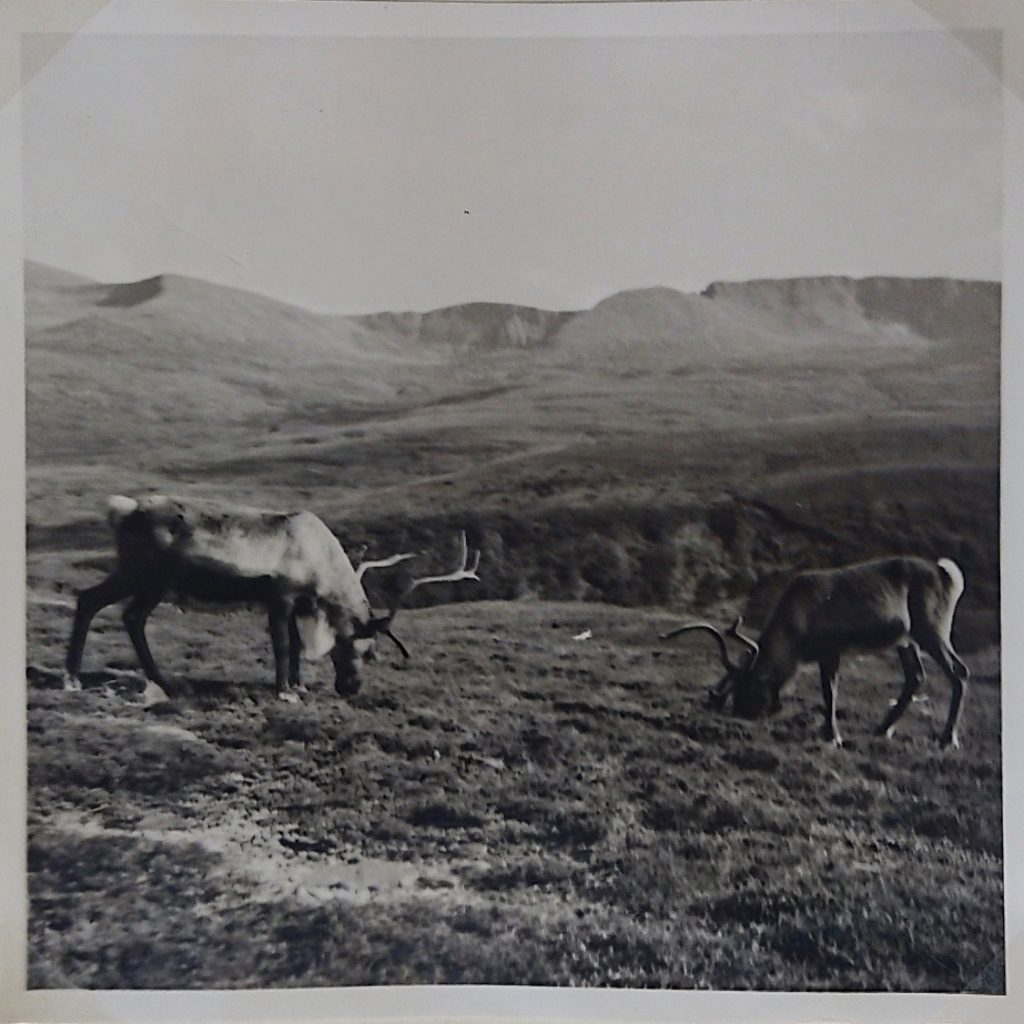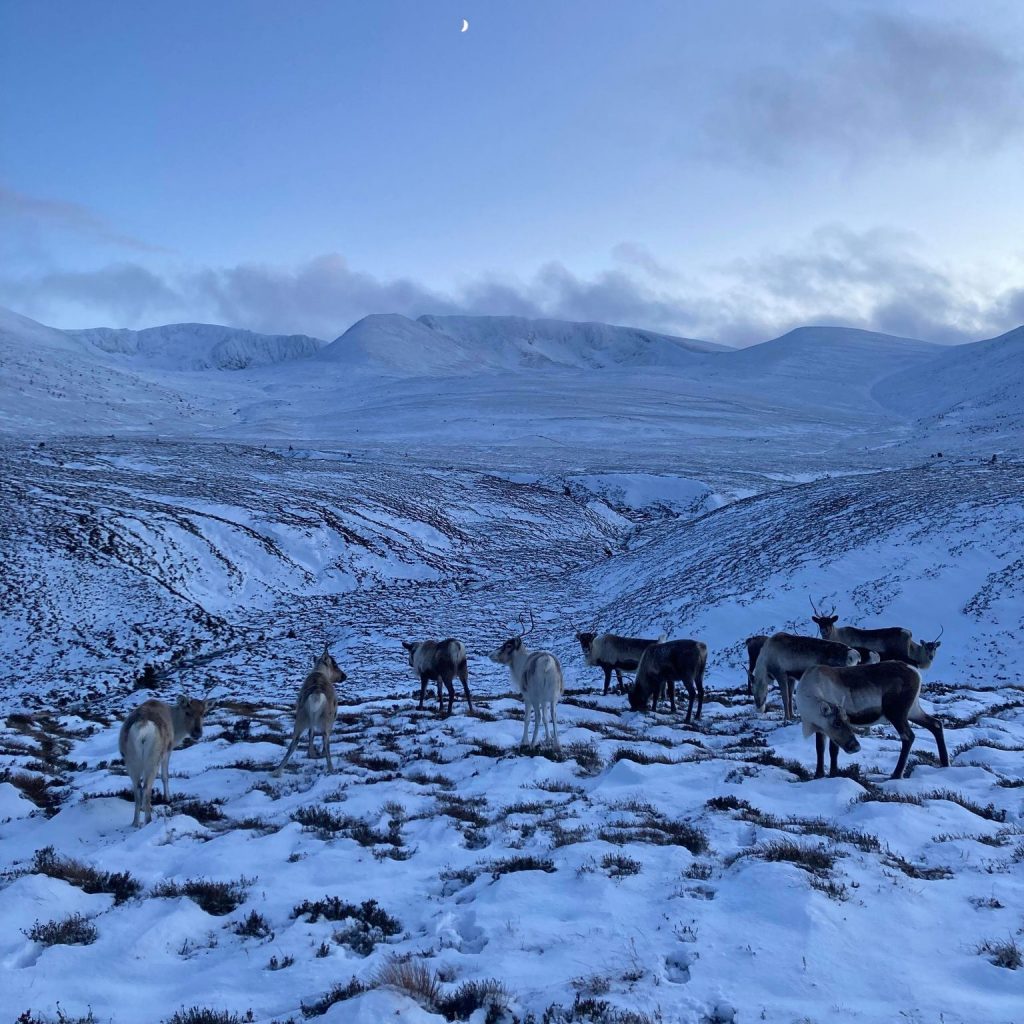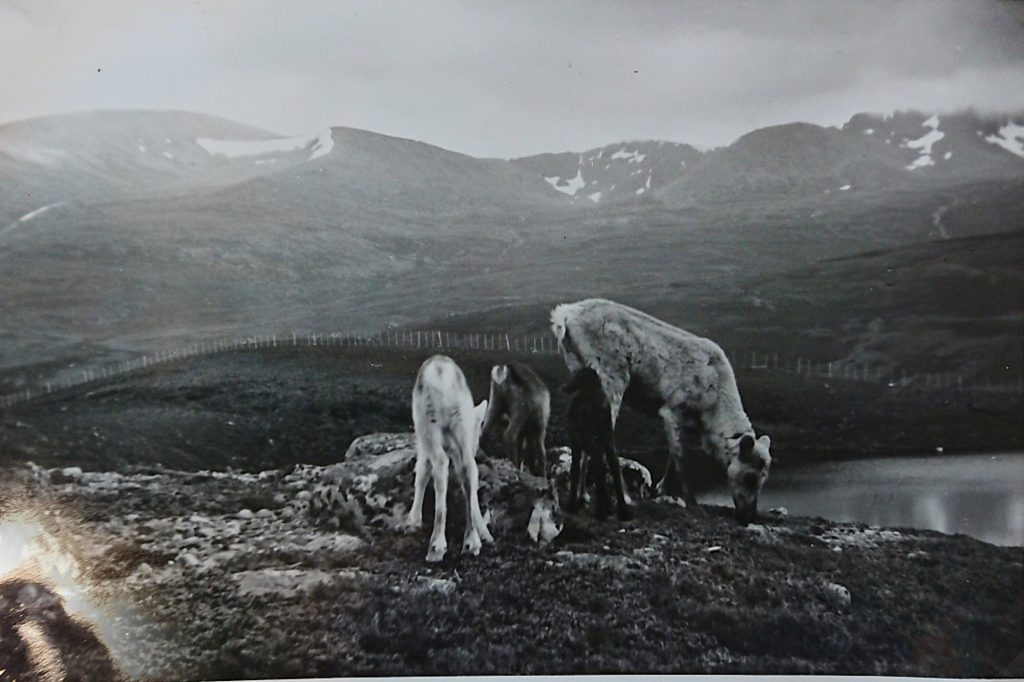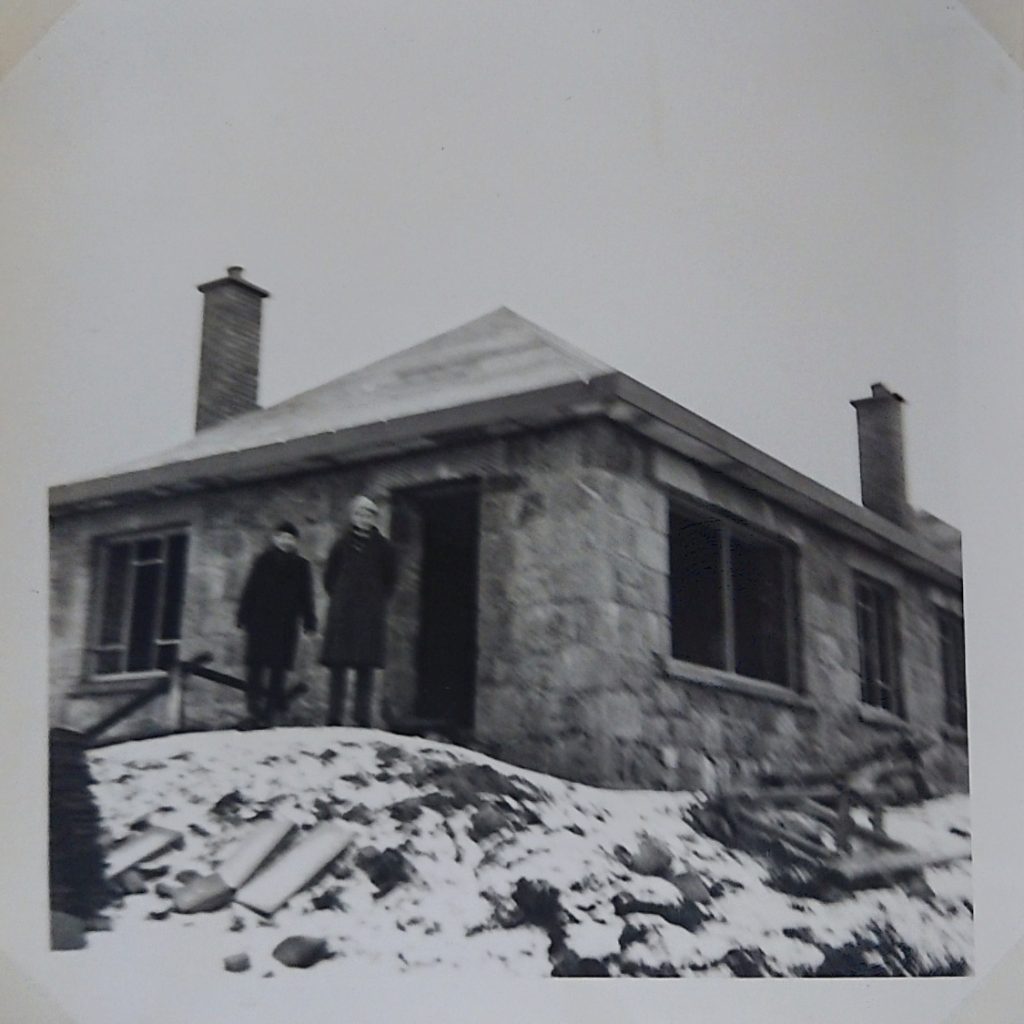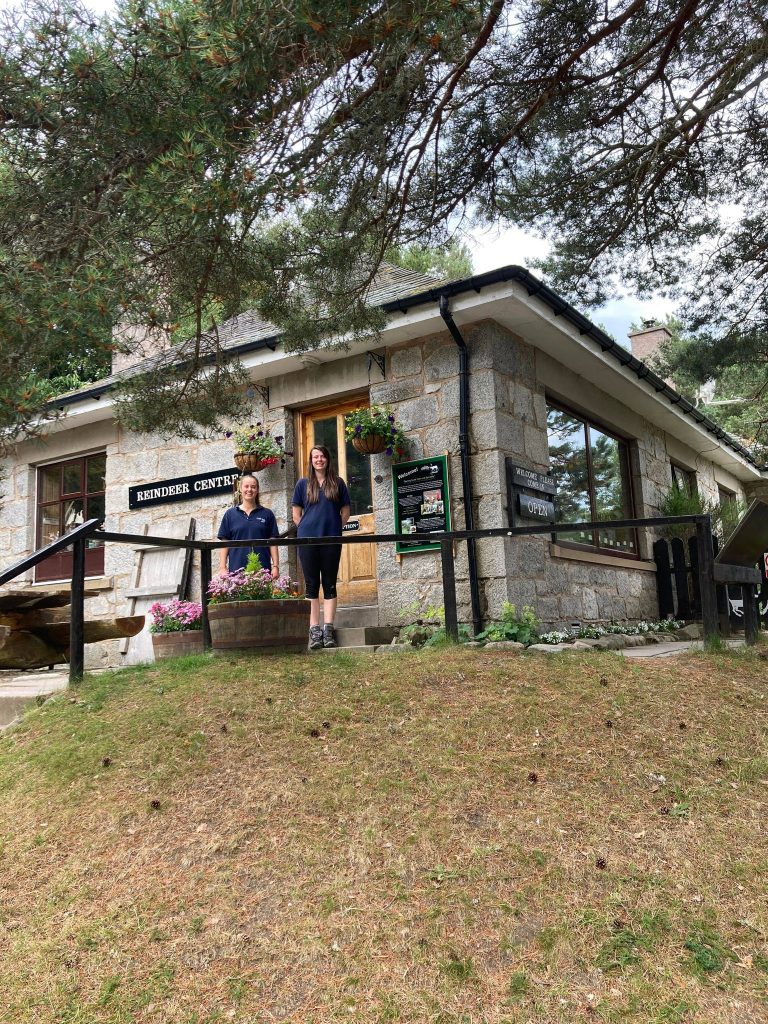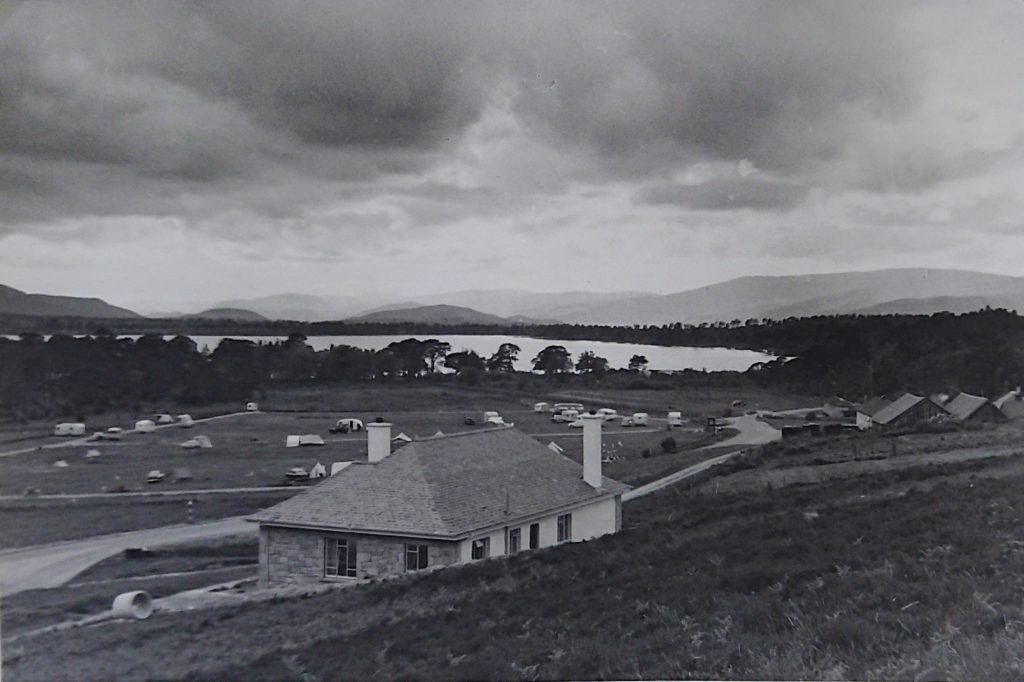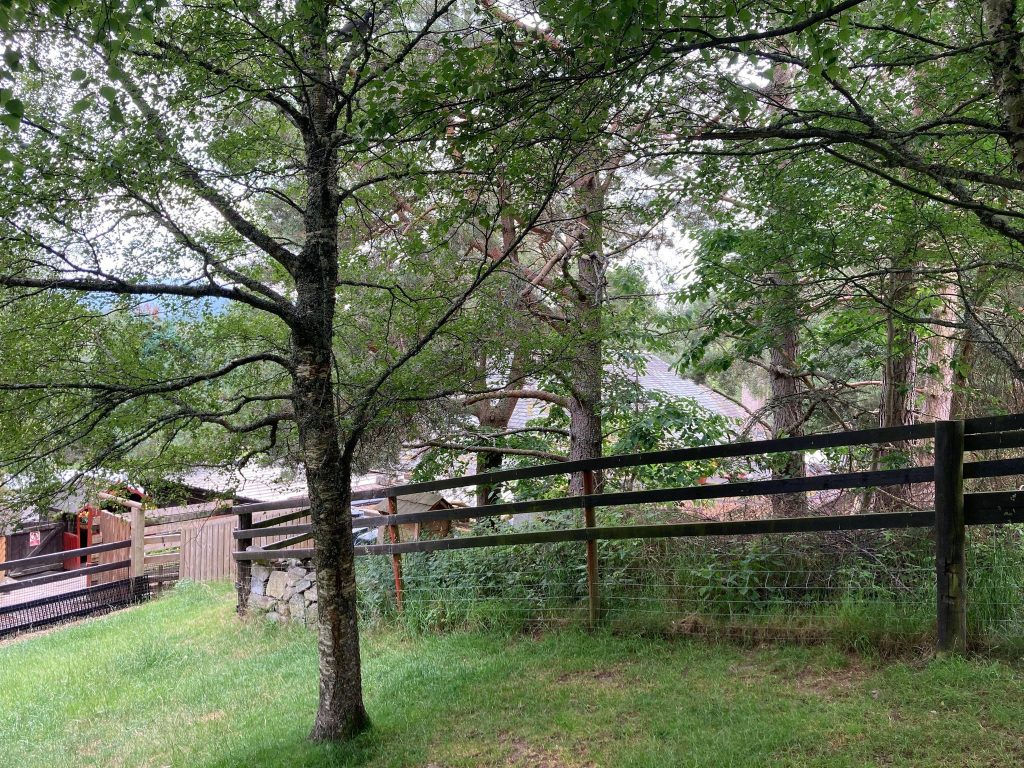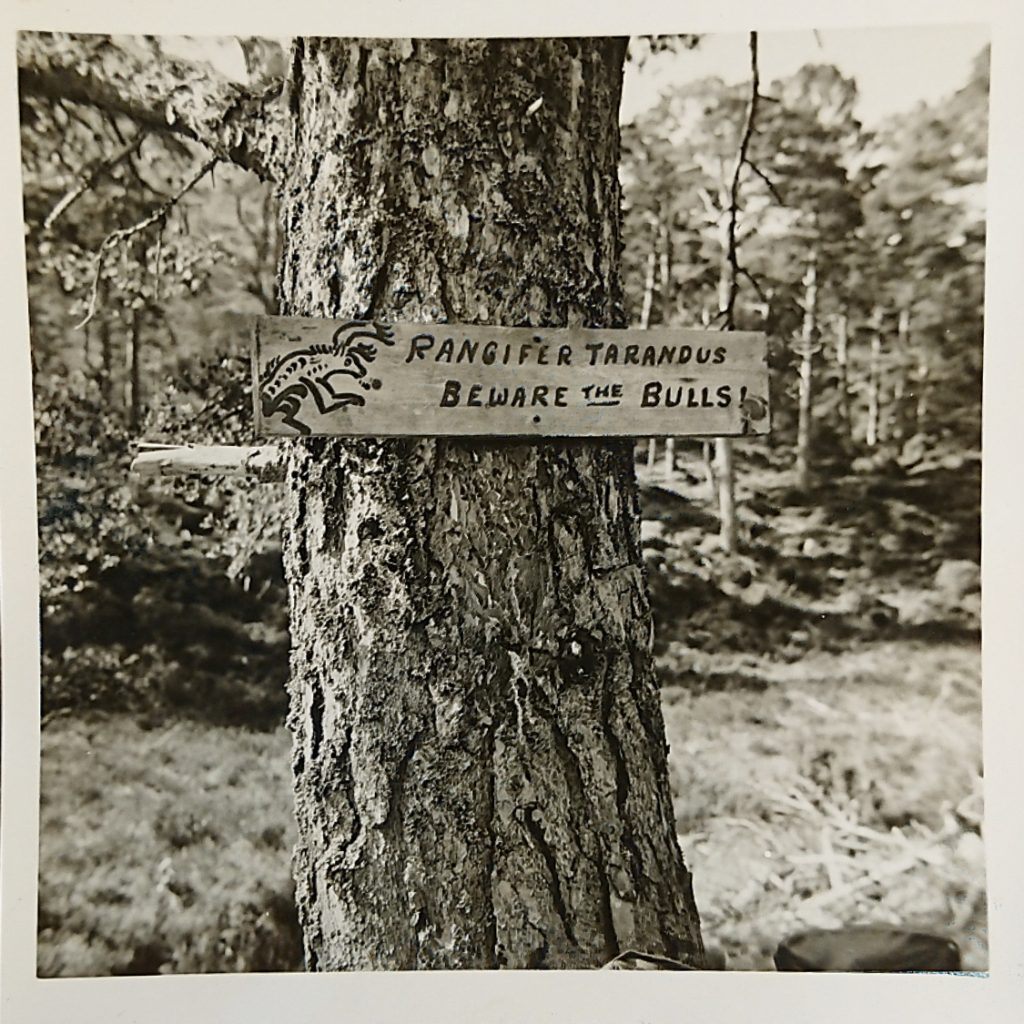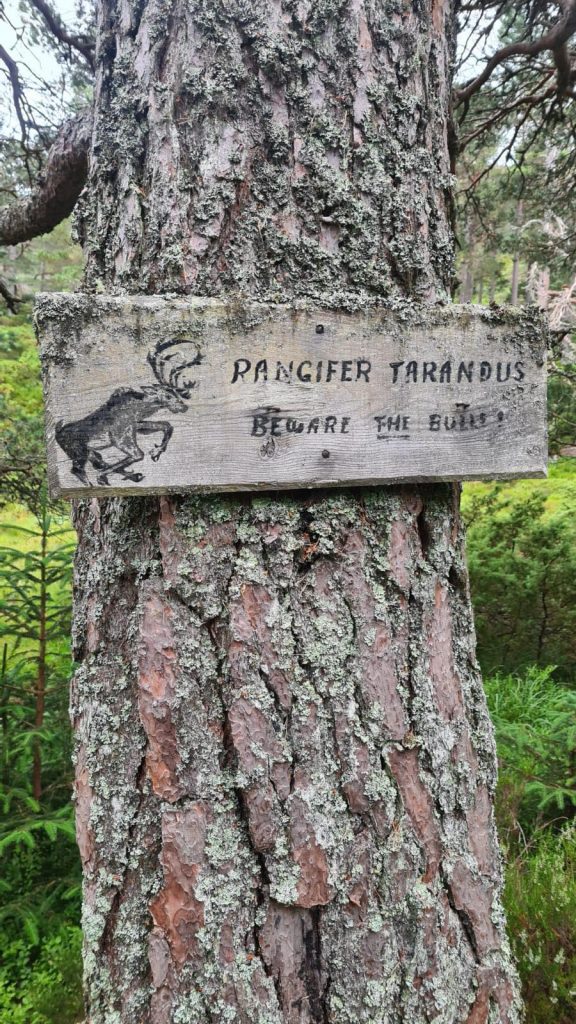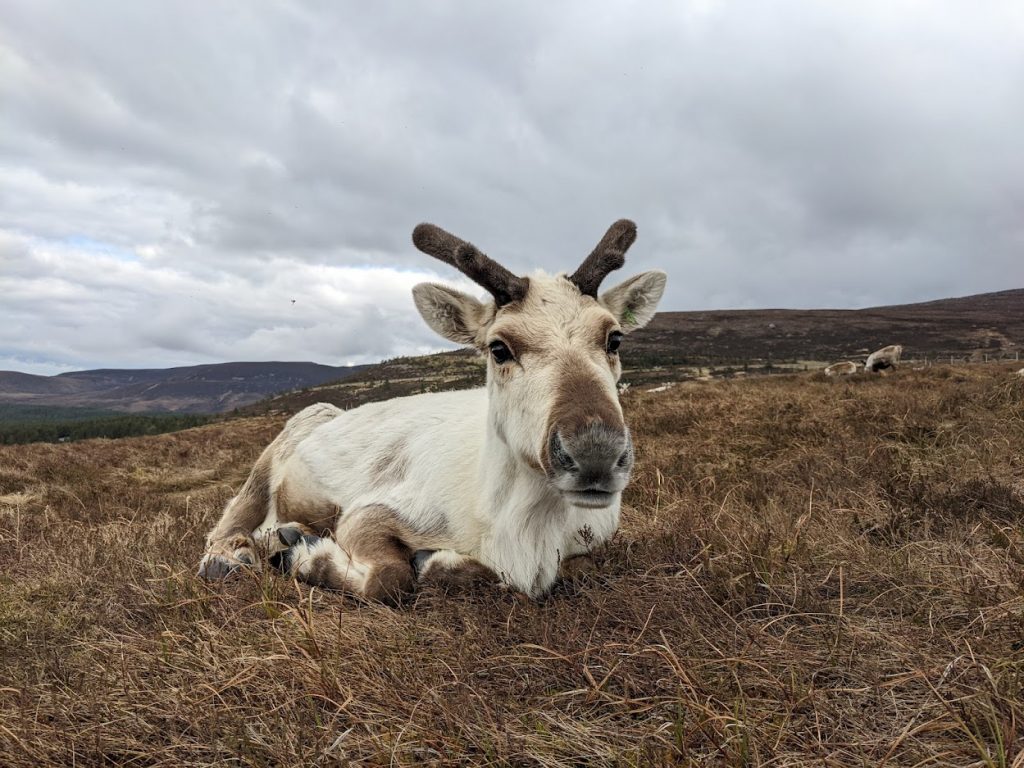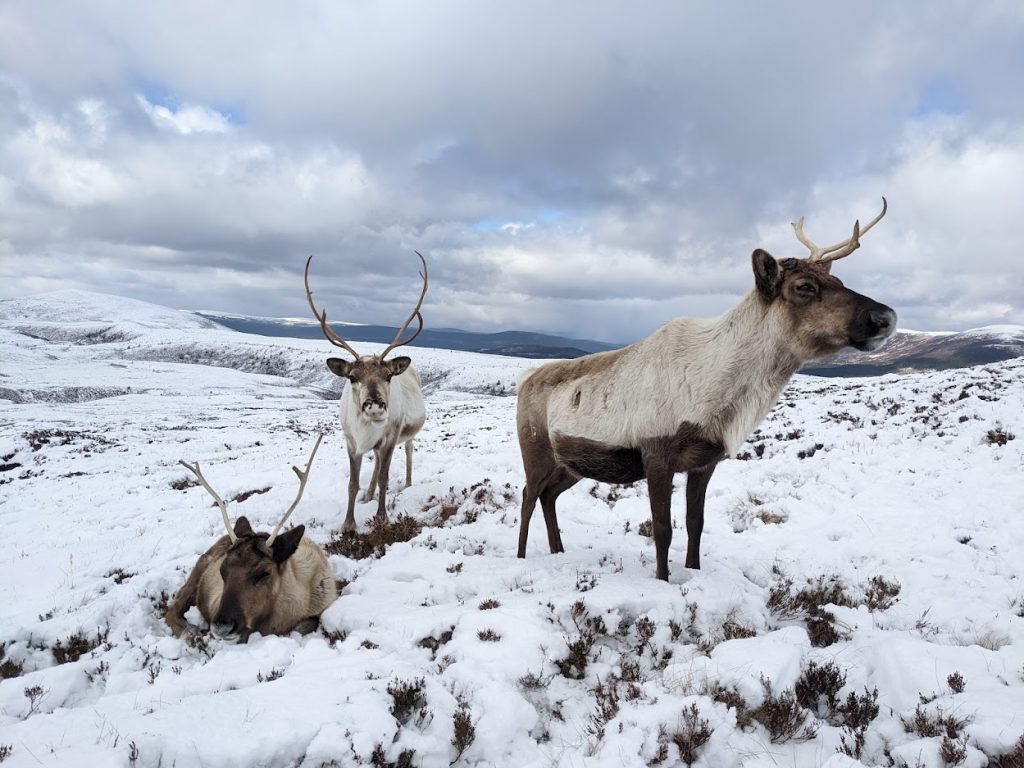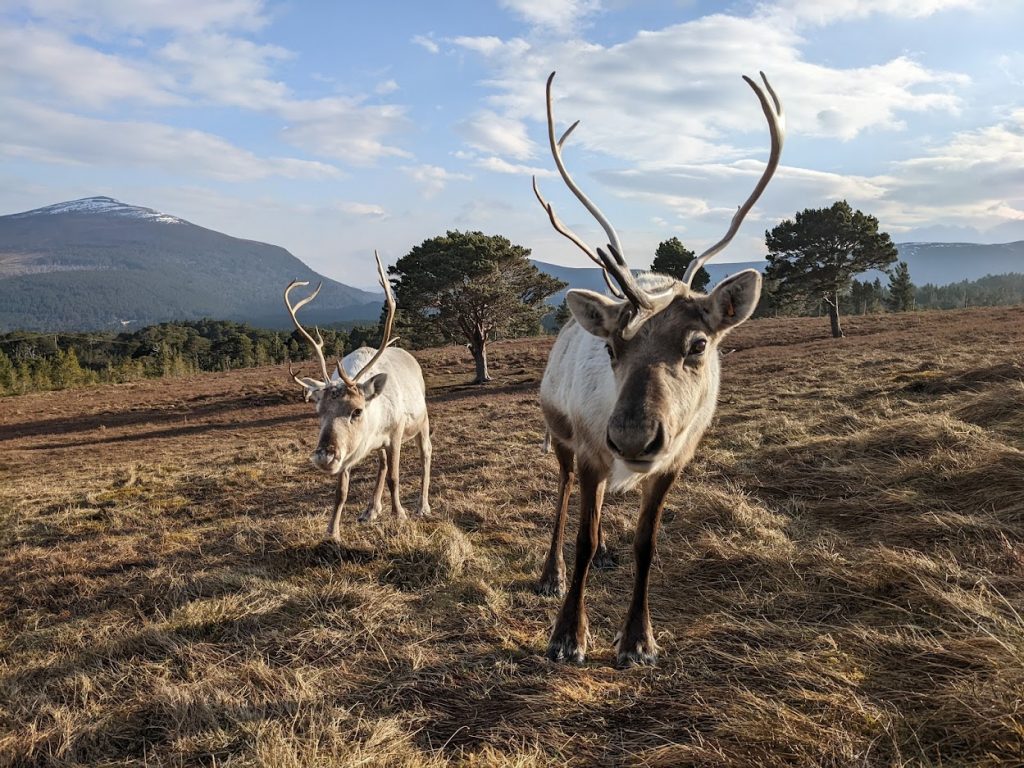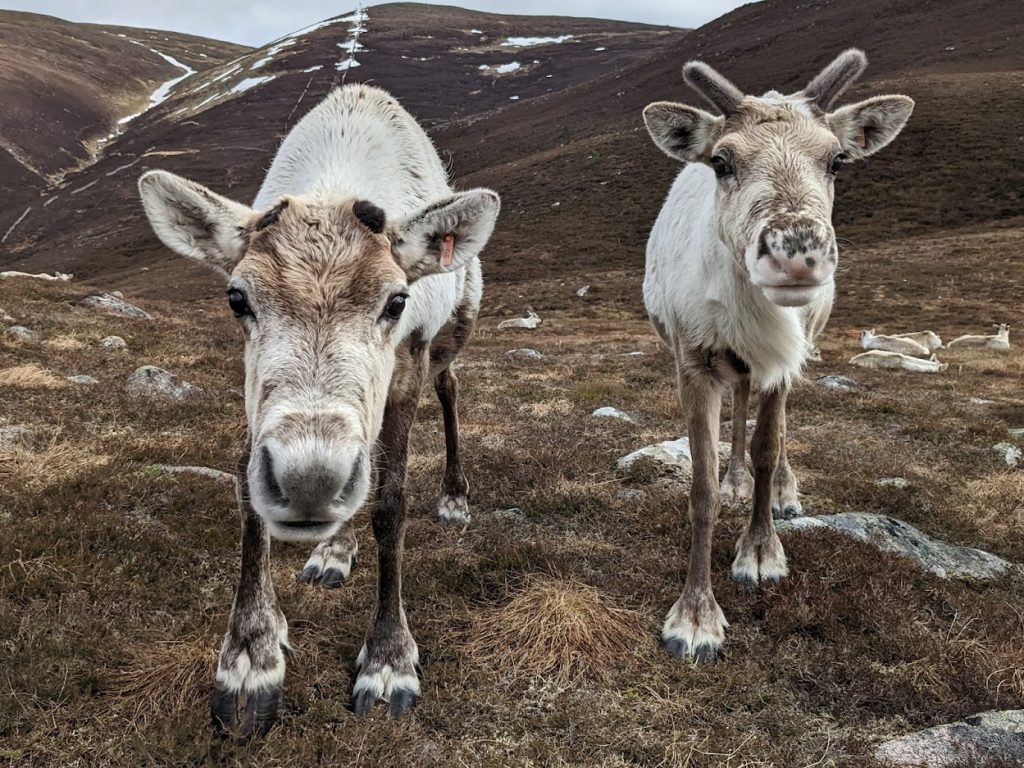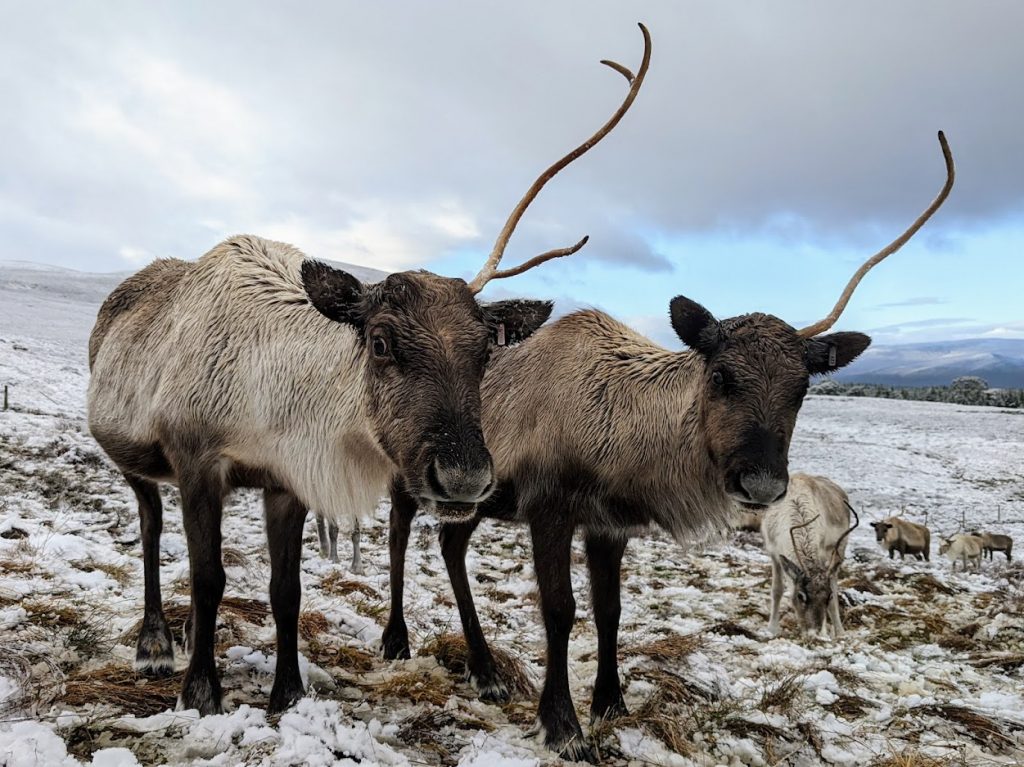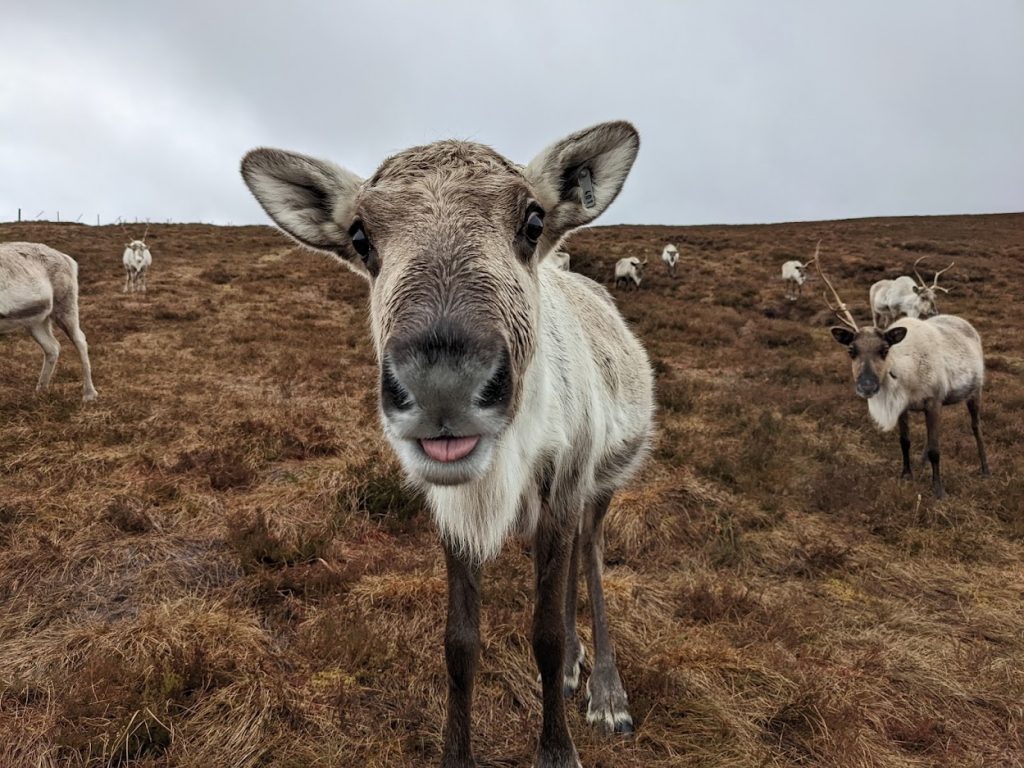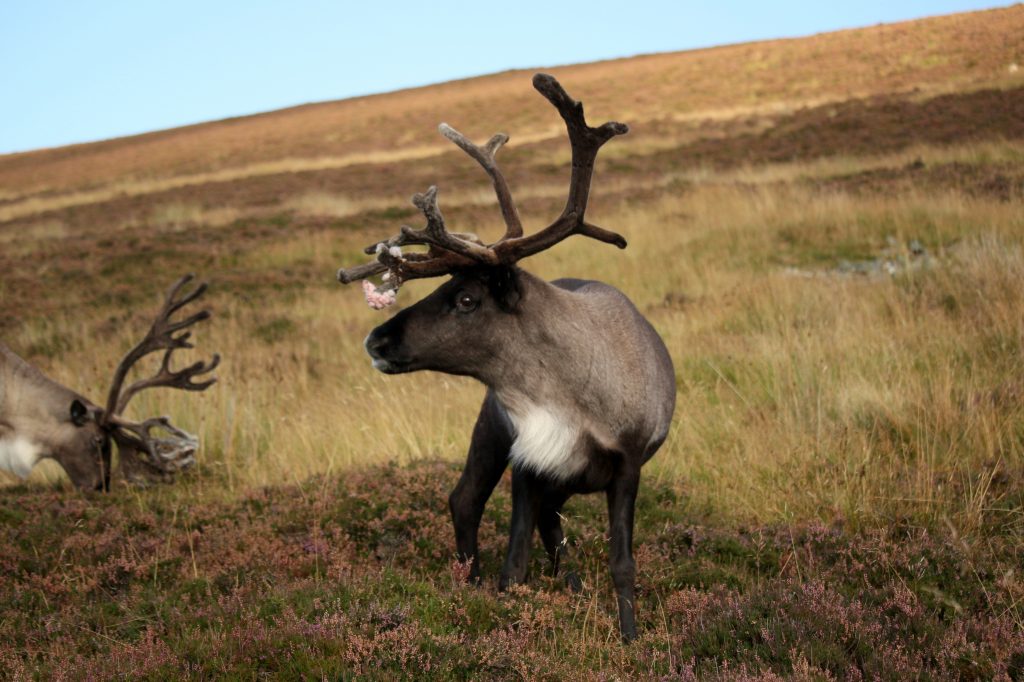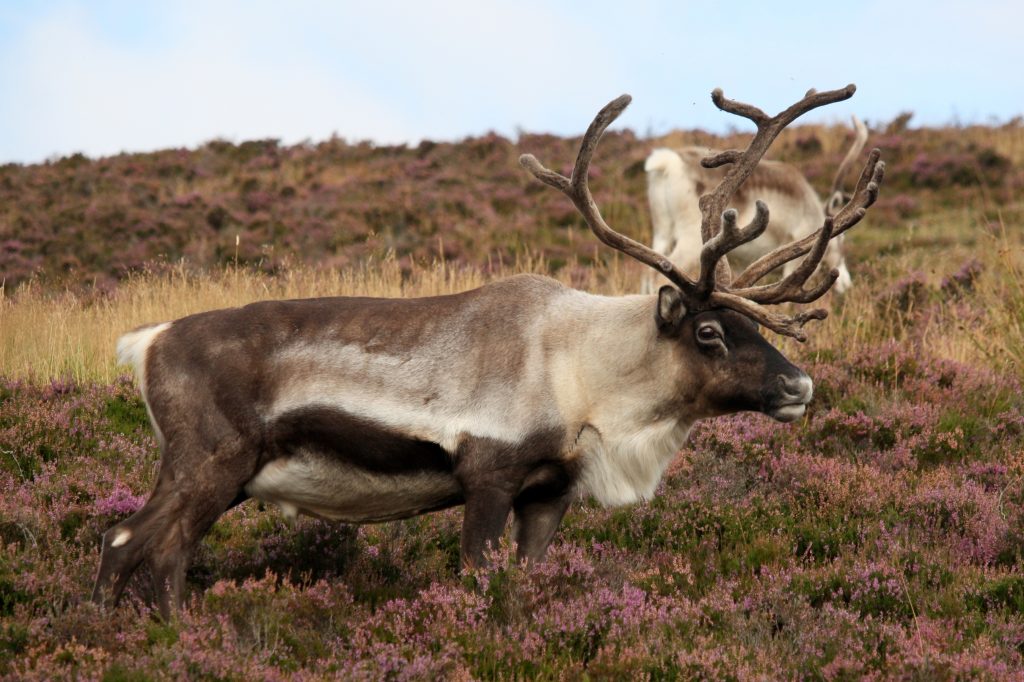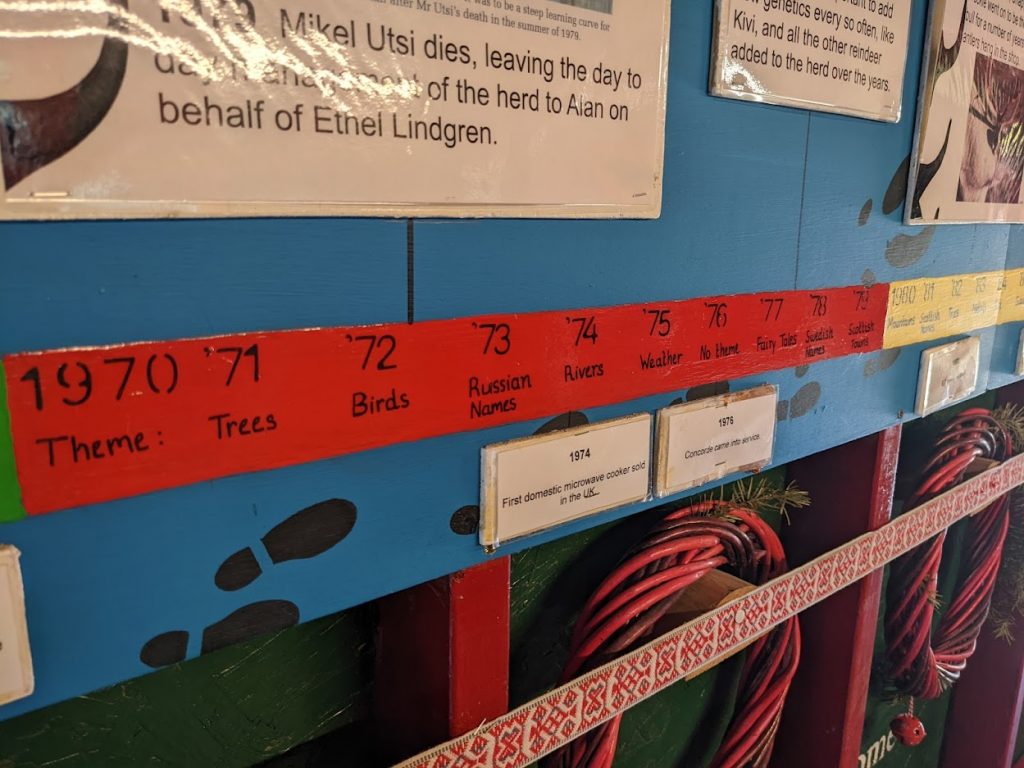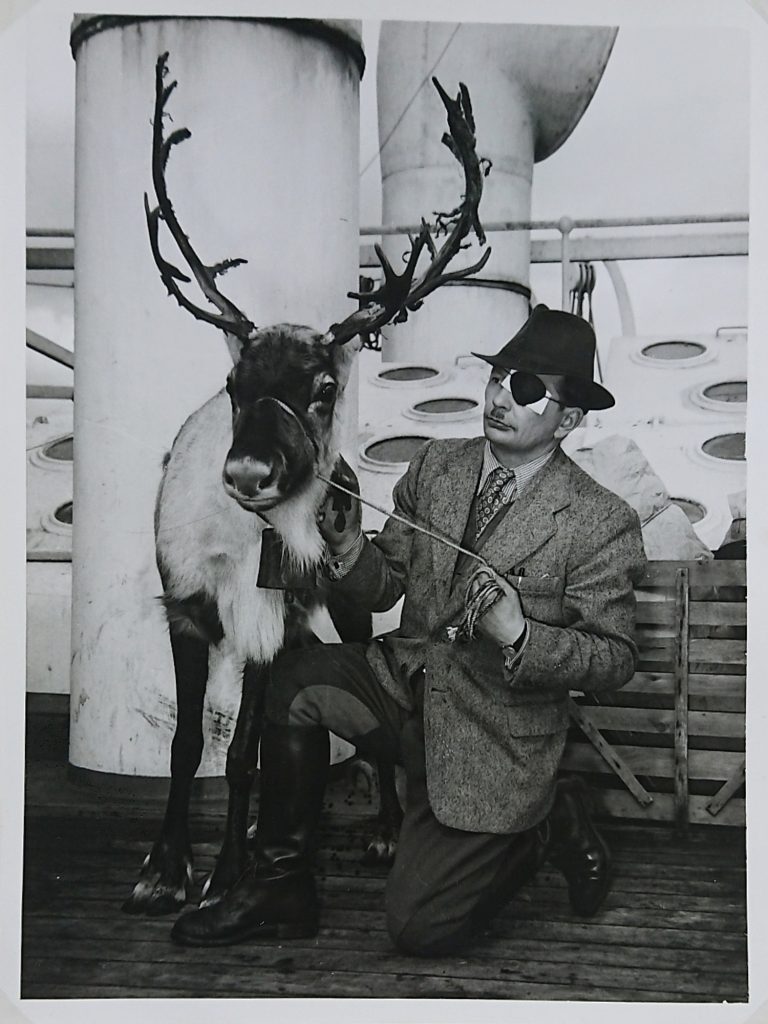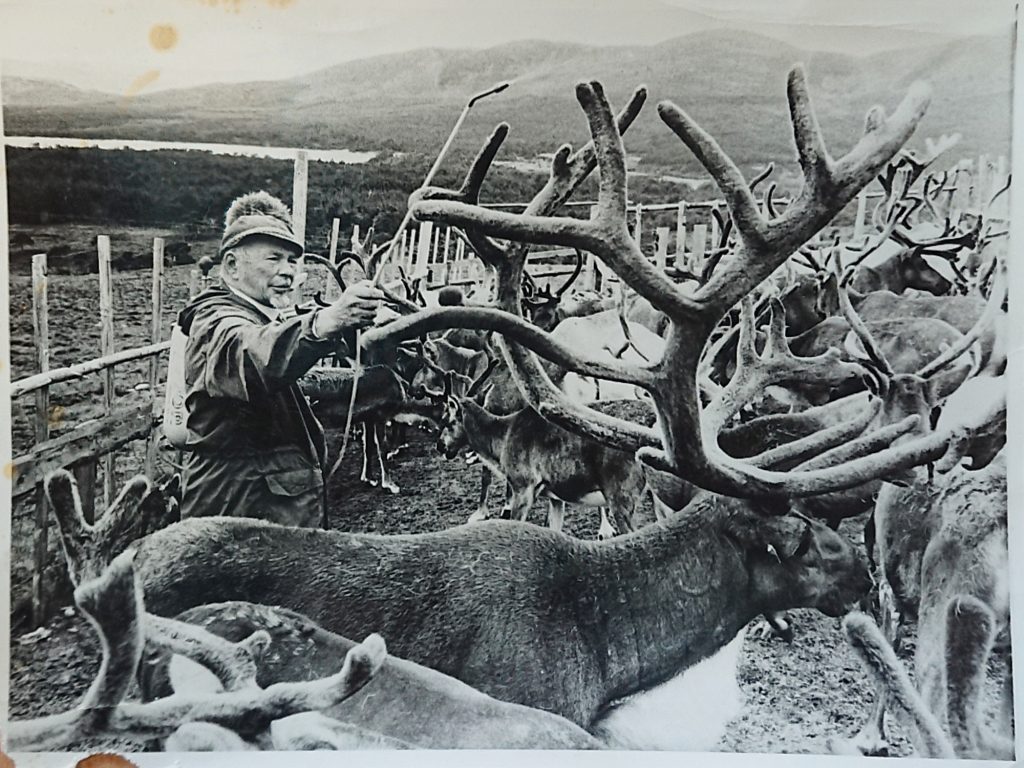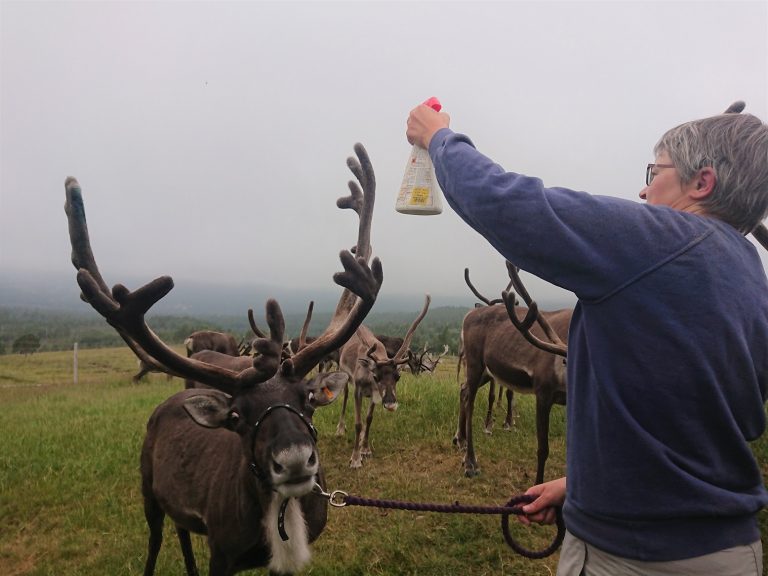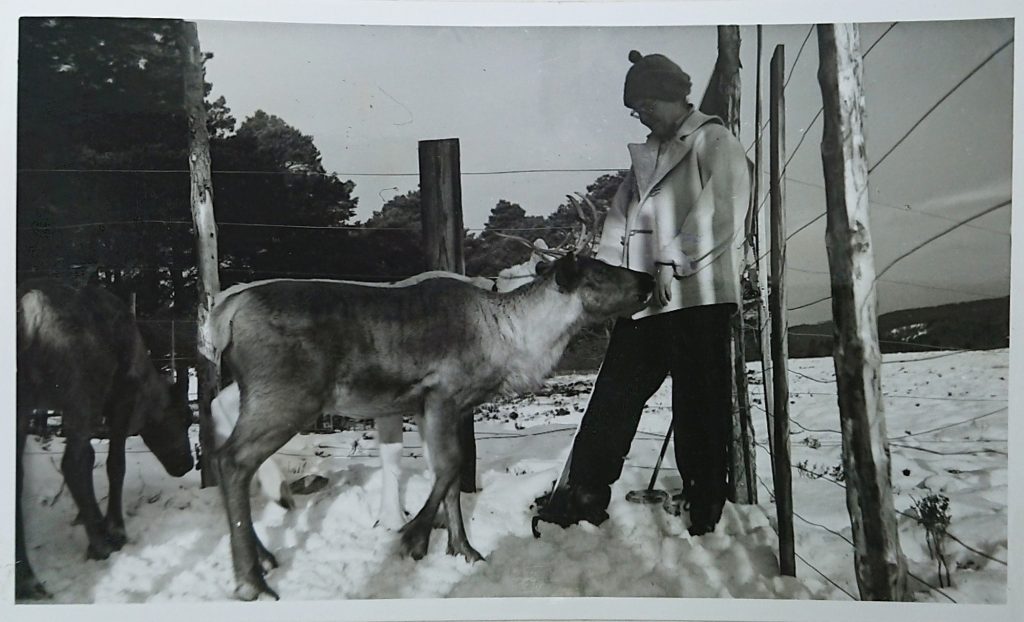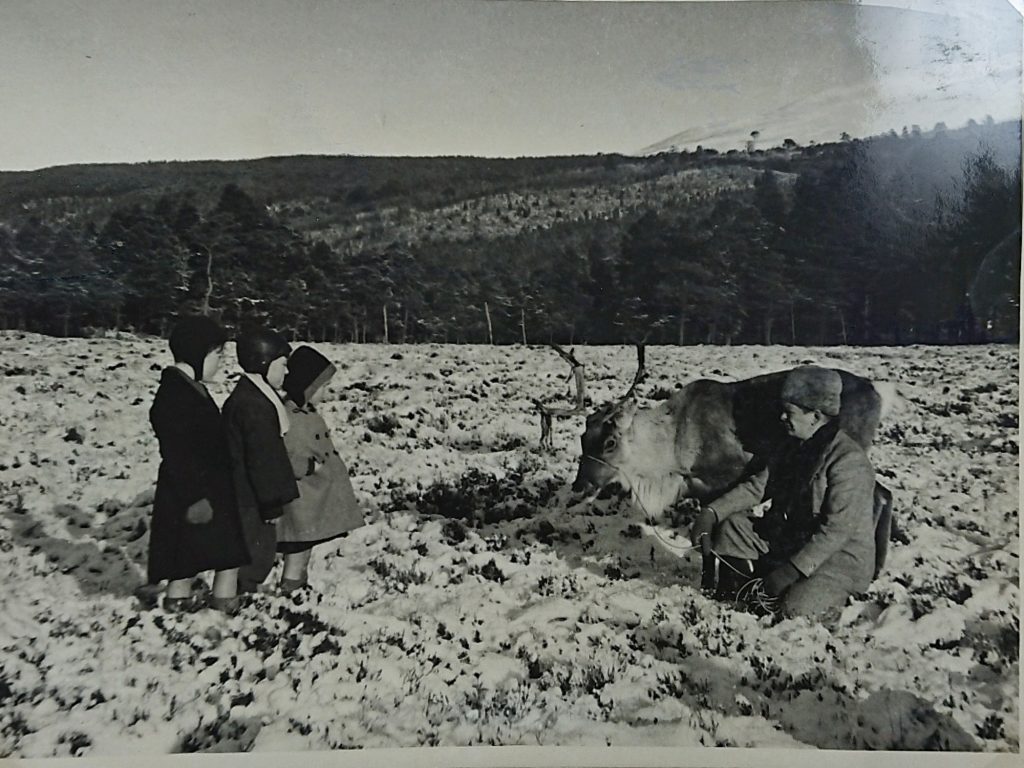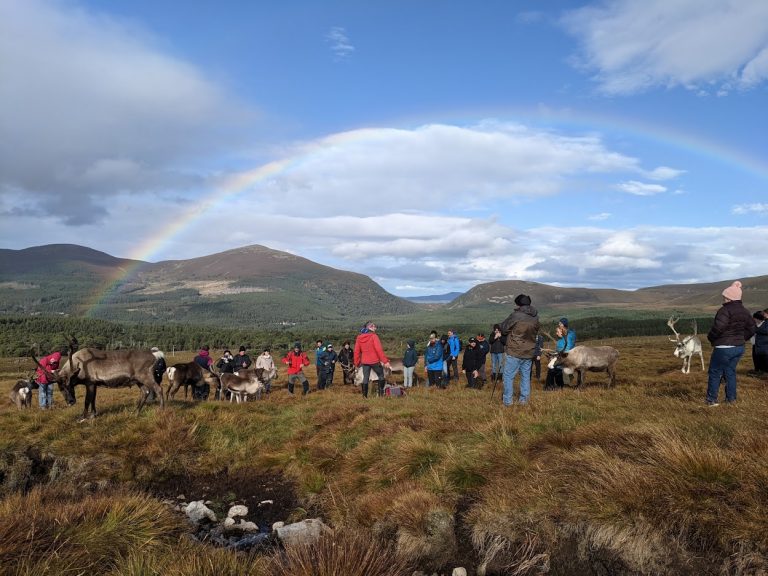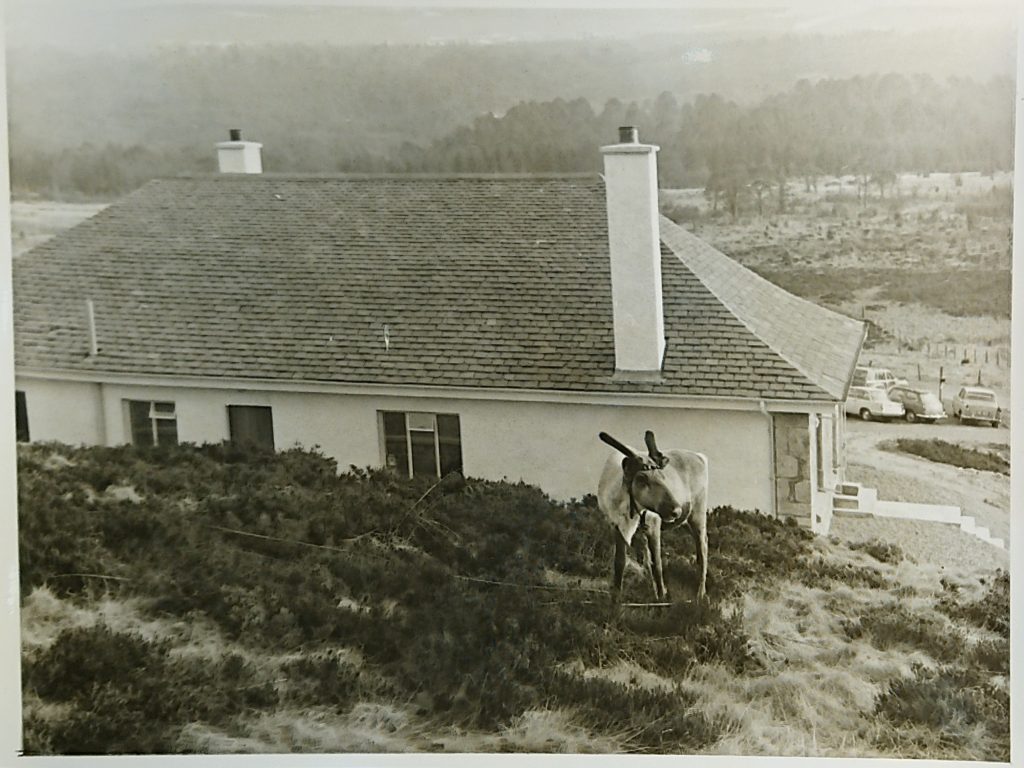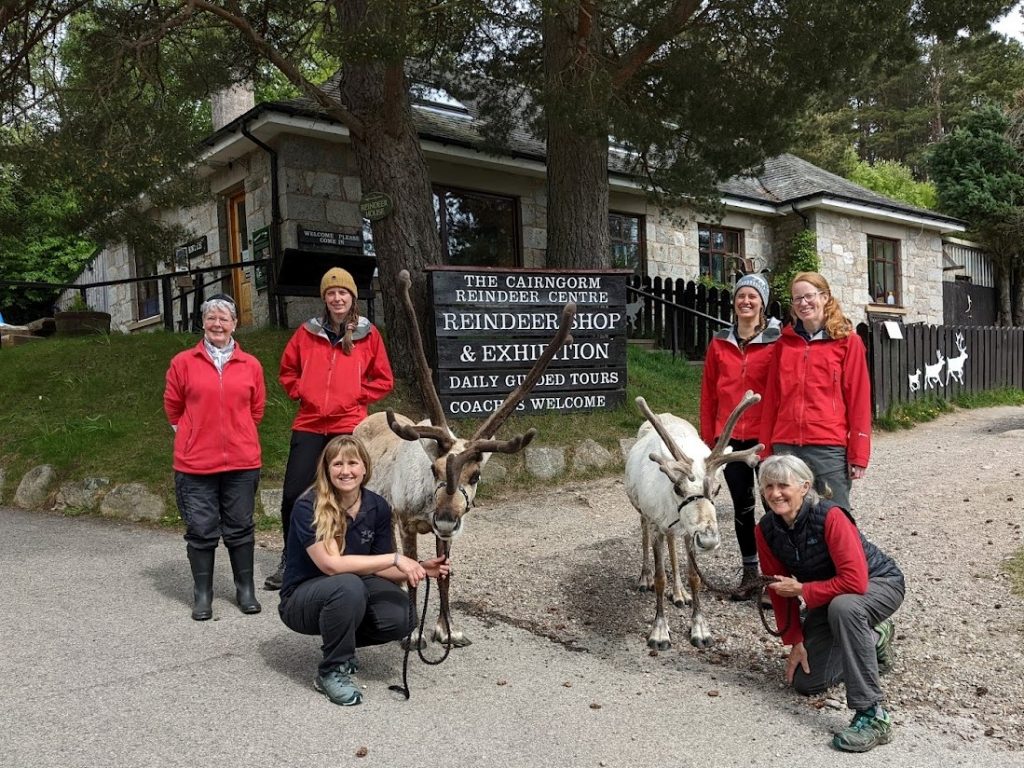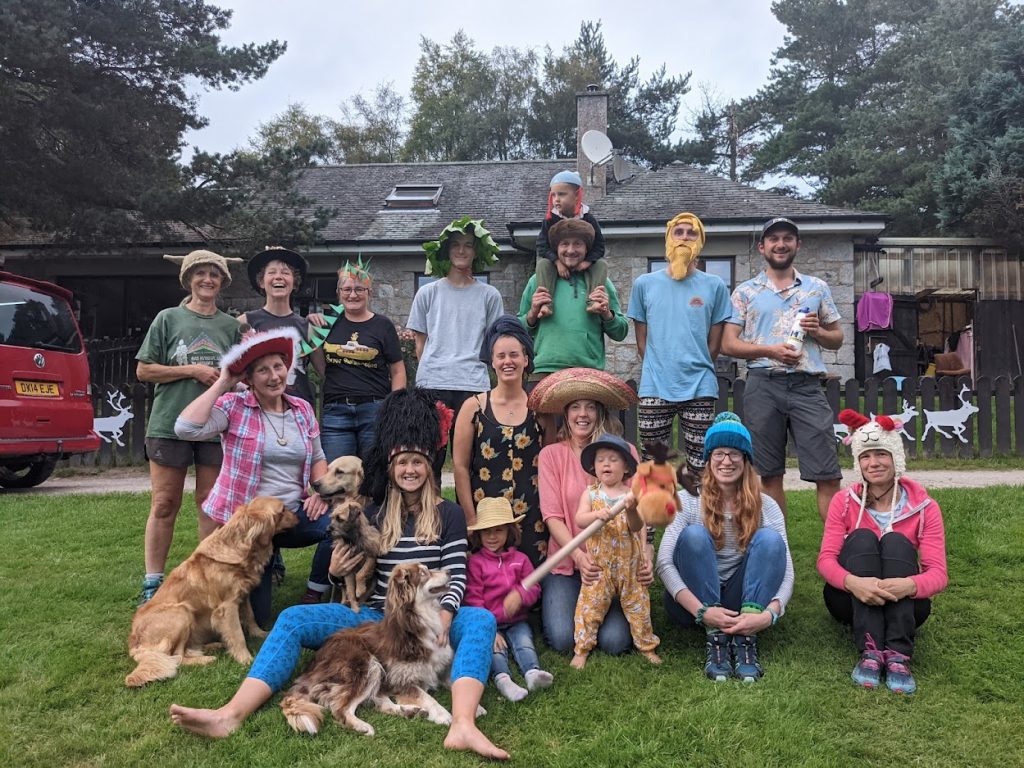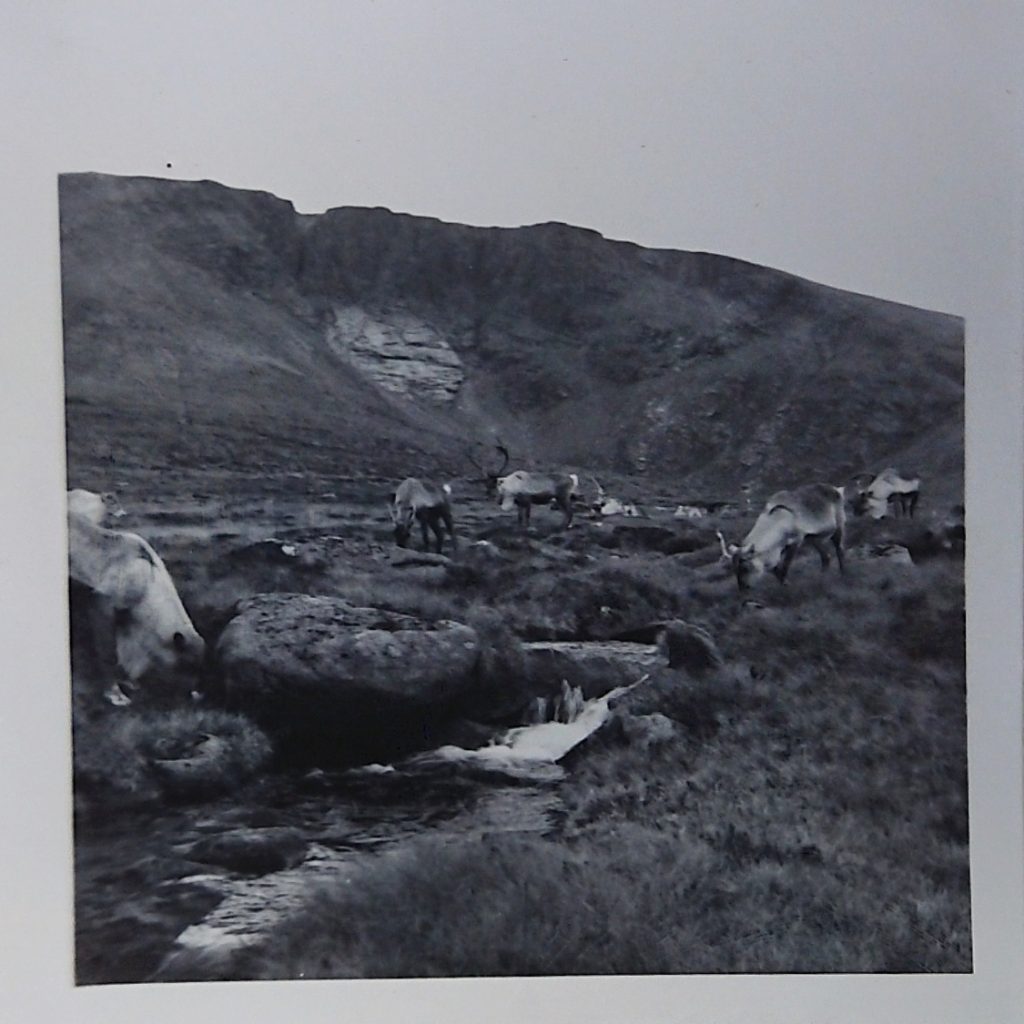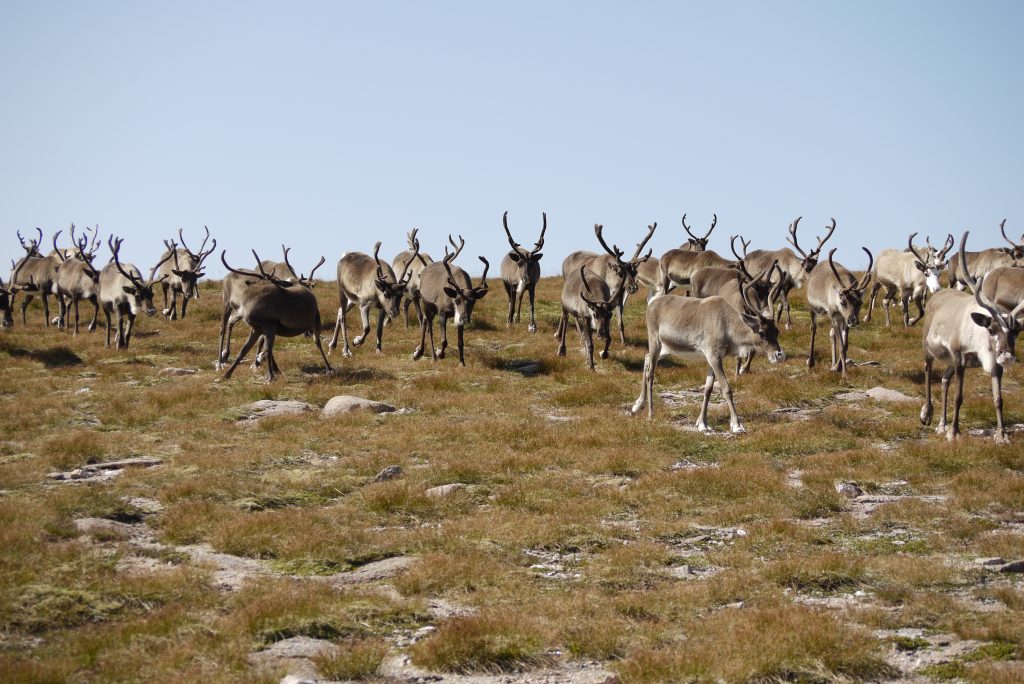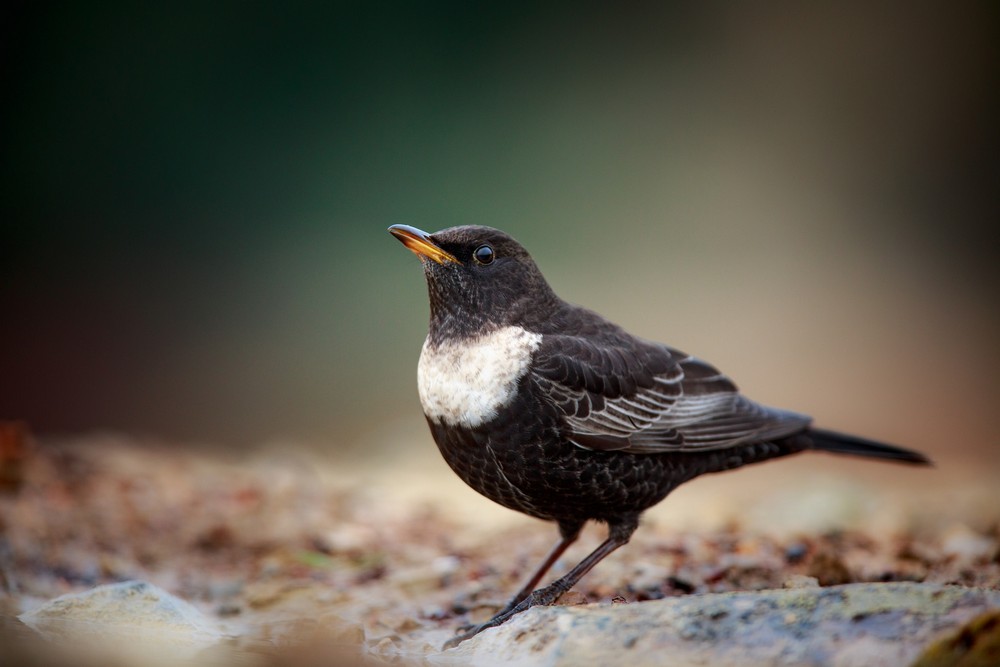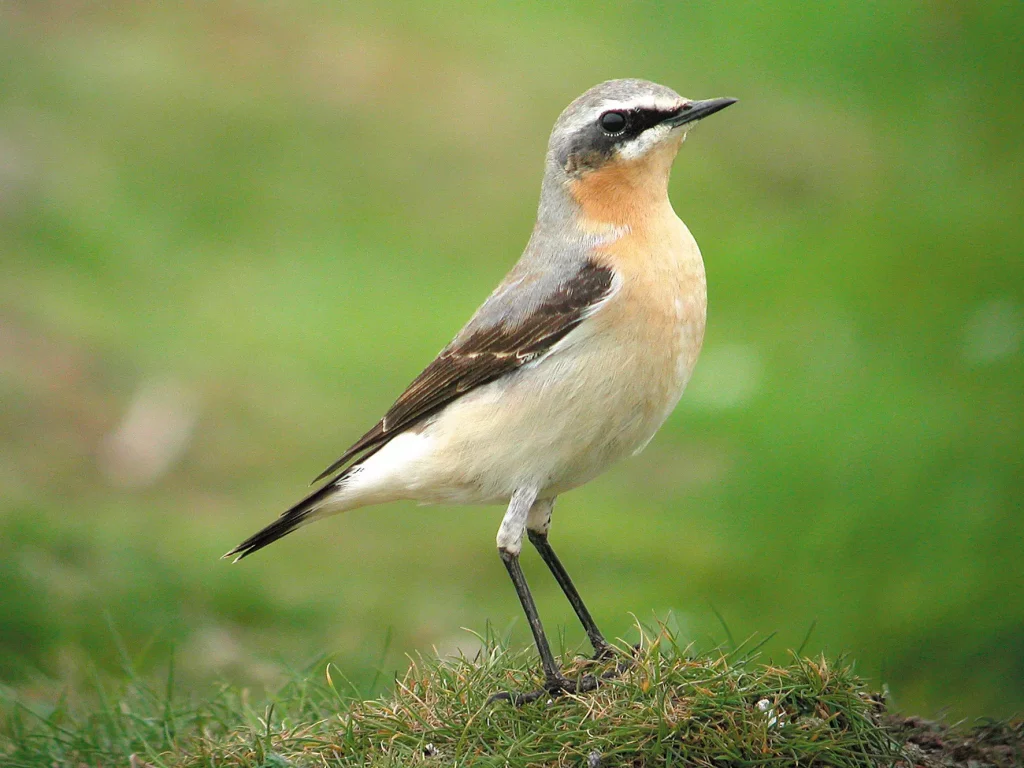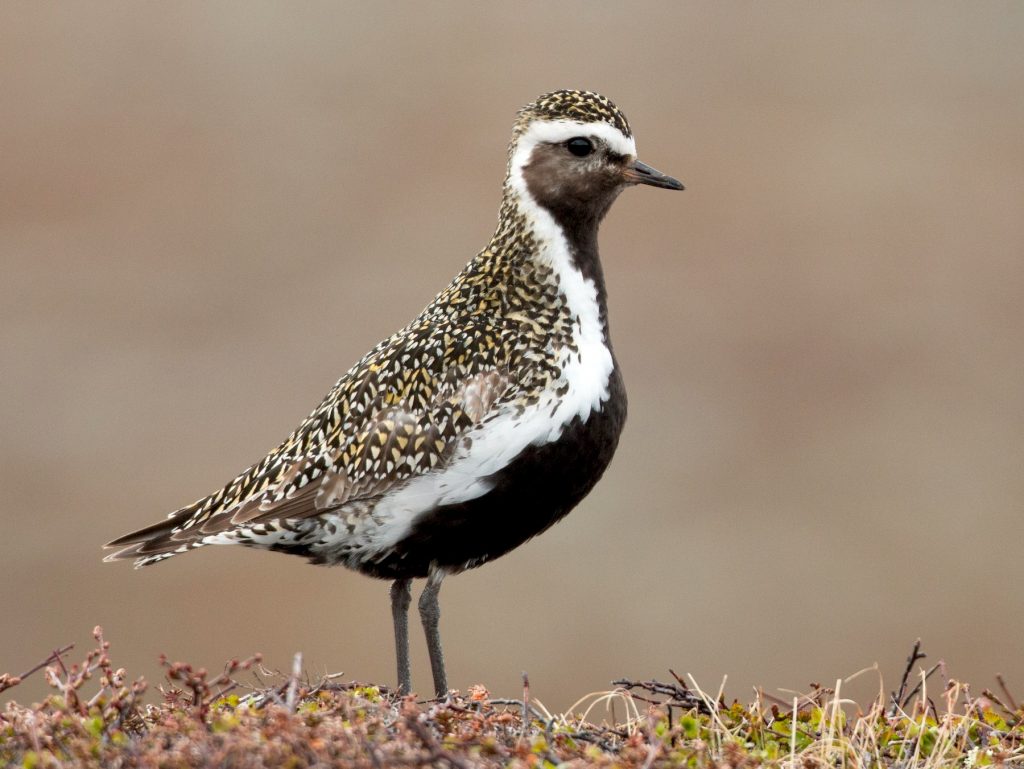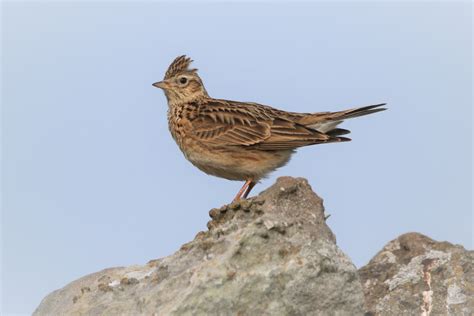
This summer I picked up a few days of reindeer herding to cover the absences of holidaying herders (how dare they take time off?!). It was surprisingly easy to slide back into many of the day-to-day generic herding tasks. Opening the Paddocks, doing Hill Trips, chatting to visitors, doing the shop, it all seemed like yesterday when I last did it.
Especially doing tours and answering questions came back to me faster than I’d expected. I seem to have a mental encyclopedia of knowledge stored somewhere in the back of my mind and it just takes a good question for a switch to be flicked for the words to start tumbling out. My mouth starts answering the question before the brain has even processed it, it seems. One of the things I heard myself say was that there used to be reindeer even in France. I know this to be true, but it surprised me that I’d never really researched this fact a bit more. So why not make Ruth happy and do it in a blog?
Reindeer in France during the last Ice Age
The last ice age came to an end about 10,000 years ago. It was around this time that the last ‘land bridge’ between Britain and the European mainland turned into initially salt marsh, and eventually sea. Archeologists have found evidence of animals that lived in Europe in these times. Amongst other species there were bison, arctic foxes and reindeer.
These reindeer were wild reindeer and there’s a well-known historical place in France where hunter-gatherers would use fires to drive reindeer and wild horses into corrals in a narrow valley to make it easier to kill them in great numbers. The meat resulting from this would be dried to sustain the people throughout the year.
So yes, there were reindeer as far South as France, but this was in the time there were other (sub)arctic animals too, as might be expected during an ice age. That might make you wonder if it would make sense to reintroduce reindeer in France too. Well, there’s a story…
Reindeer in France in the 20th Century
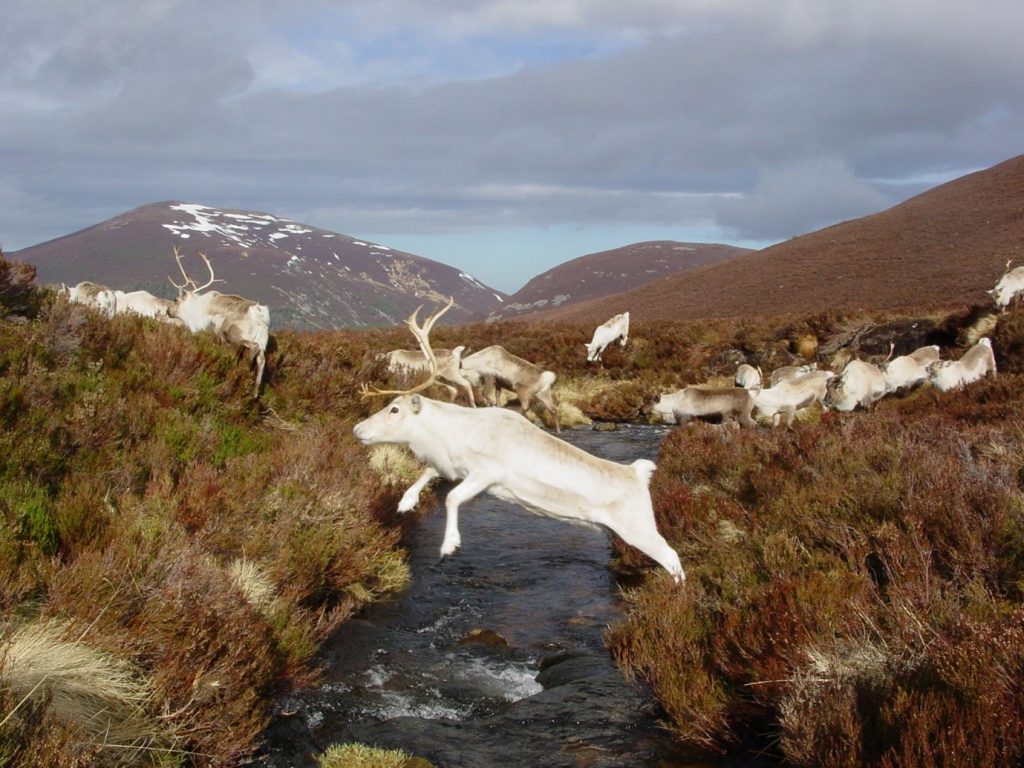
There was someone who tried this, a few decades ago now. Pierre Marc loved reindeer so much that he bought reindeer from Northern Scandinavia to start ‘La Vallee de Renne’ in the Jura mountains. He had a summer pasture and a winter pasture, with plenty of Alpine grassland for the reindeer to graze on. It’s not exactly a subarctic climate so the temperatures were a bit higher, and he had to supplement their diet with pellets a bit more than we do with our reindeer. He brought visitors up to see them on snow scooters. Unfortunately for Pierre, the area became a national park whilst he was there and snow scooters were banned, which meant the end of his business. He decided to send the remaining 38-strong herd to none other than the Cairngorm reindeer herd in Scotland! In April 1995 all 38 reindeer (some of the cows pregnant) came across. They settled in brilliantly and the new bloodlines were welcomed with open arms. French bulls were crossed with Scottish cows and French cows with Scottish bulls. One of the bulls, Ubaye even went on to father one of our most legendary reindeer ever, Lilac, who till this day is still the oldest reindeer the herd has ever seen. Some genes 😊.
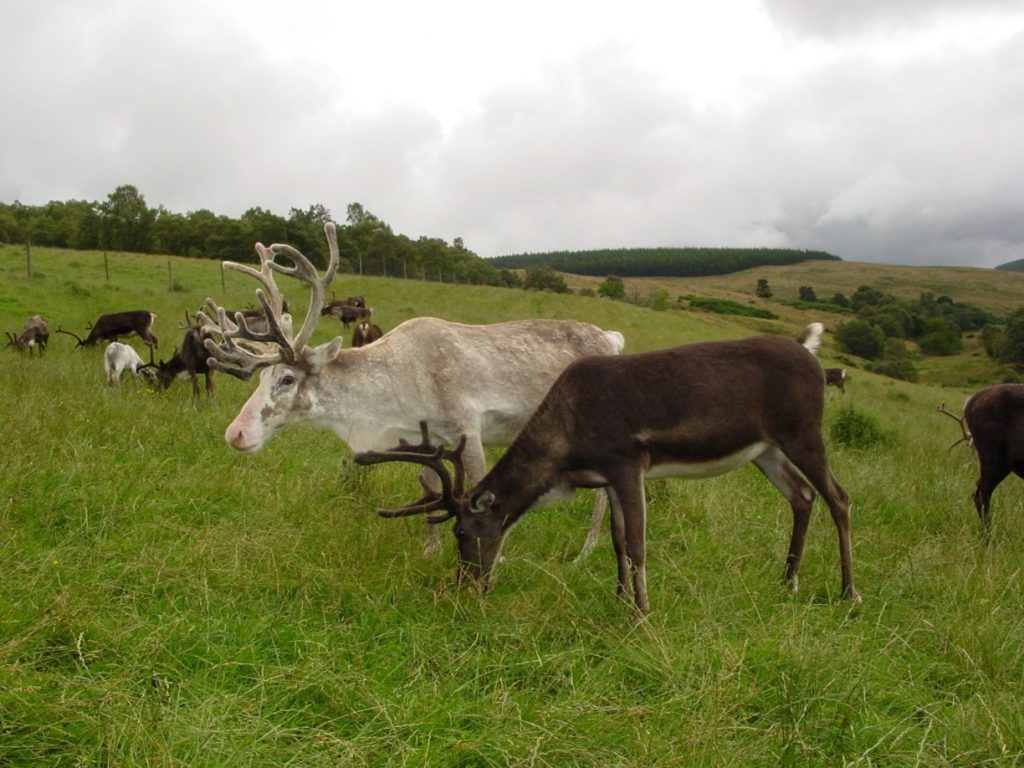
One of the last traces I could find in our computers was a 2004 herd’s list, with the oldest Scottish ones on it born in 1990 (that’s older than me!). On this list are 4 French reindeer: Neige (which means ‘snow’), Ubaye (after a valley in the French Alps), Josephine and Sophie. I’d love to say the reindeer came over from France with these names but in the rush of things, the Scottish herders never learned the French names, so they came up with their own. It’s lovely that we have a wee bit of a legacy of the history of French reindeer still running through the veins of our current herd.
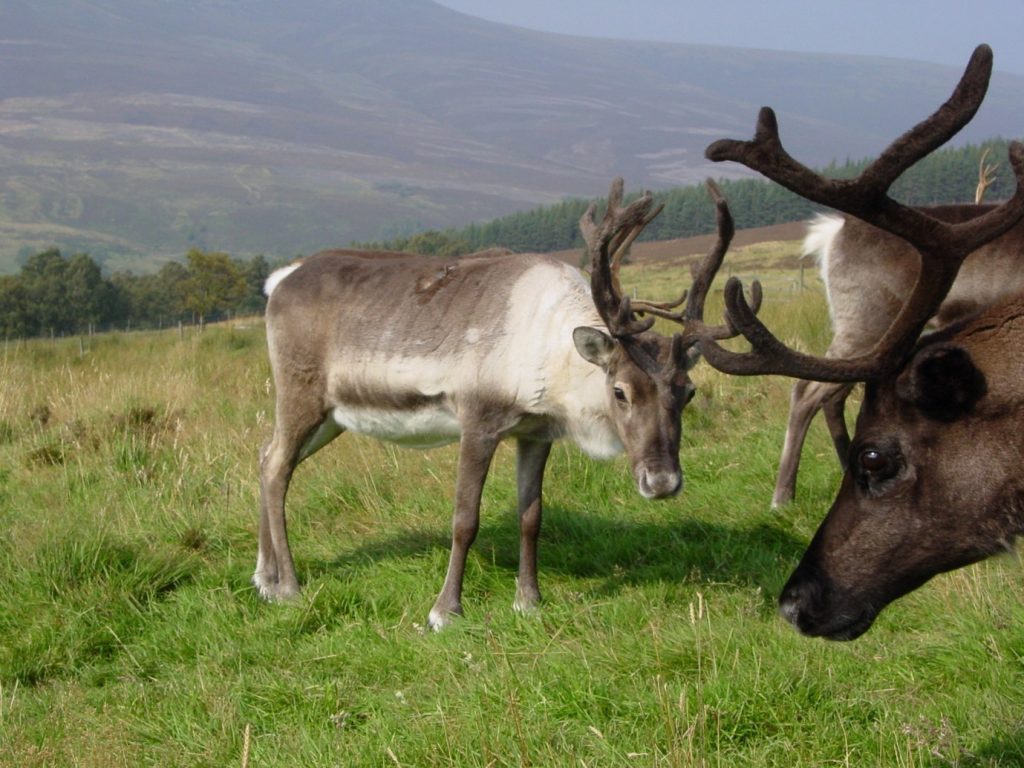
Manouk
Sources:


